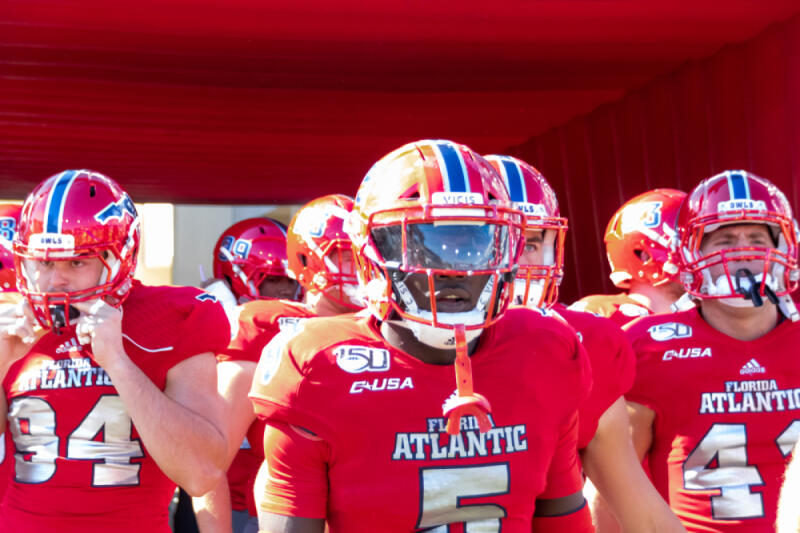Not to be confused with the Triple Crown in Major League Baseball, the Triple Crown of Thoroughbred racing in the U.S. is a series of events over different distances at three different racetracks conducted in May and June each year. Only three-year-olds are eligible for these races and both sexes are eligible to compete.
Known to horse racing fans and those who participate in the industry as simply the Triple Crown. It is the most watched, wagered upon and eagerly anticipated series of races other than the Breeders’ Cup, which is the culmination of the season and determines championships.
The Triple Crown is extremely difficult to capture, which lends to its mystique and unique position on the horse racing calendar. Like the Triple Crown of baseball, the Thoroughbred Triple Crown is elusive and therefore, captures the hearts, minds and wallets of people all over the globe in early spring. It is the key title all horse people dream of winning.
For all the latest information on the Triple Crown, check out our expert picks and predictions for:
WHAT IS THE TRIPLE CROWN?
The Triple Crown in U.S. racing is composed of the Kentucky Derby, the Preakness Stakes and the Belmont Stakes. Traditionally contested over a five-week period, the series commences with the Kentucky Derby which is always held the first Saturday in May over 1-1/4 miles.
The second jewel in the Triple Crown is the Preakness Stakes, which is two weeks from the Kentucky Derby and is a mile and three-sixteenths. The final component of the Crown is the Belmont Stakes which is three weeks after the Preakness. The Belmont is a 1-1/2 miles and most horses will never race at the distance for the rest of their careers. All three Triple Crown races are Grade I contests, which is the highest level in American horse racing.
Only 13 horses have won the Triple Crown since 1919, but the term “Triple Crown'' for sweeping the series wasn’t introduced until 1930 by Hall of Fame turf writer Charles Hatton, who used the phrase in the Daily Racing Form. Other media members began using the term as early as 1923 but due to Hatton’s status as a horse racing journalist the name for the feat stuck.
The Triple Crown contests were considered key events in Thoroughbred racing decades prior to the term’s birth.
The Belmont Stakes was first run contested in 1867 and is the oldest of the three classics. The Kentucky Derby was inaugurated in 1875 and the Preakness Stakes in 1873.
The timing of the Triple Crown has shifted. Beginning in 1932, the Triple Crown was implemented in its current format with the Kentucky Derby first, Preakness Stakes second and Belmont Stakes third.
The Preakness Stakes was actually placed first in the series on 11 occasions with the Derby being second and in 1917 and 1922, the Kentucky Derby and Preakness Stakes were held on the same racecard.
There have only been two occasions the Triple Crown schedule has been altered since the five-week schedule was introduced in 1969. In 1945, the Kentucky Derby was moved to June with the Preakness Stakes a week later and the Belmont Stakes a week after the Preakness Stakes during World War II.
Top Picks For The Week










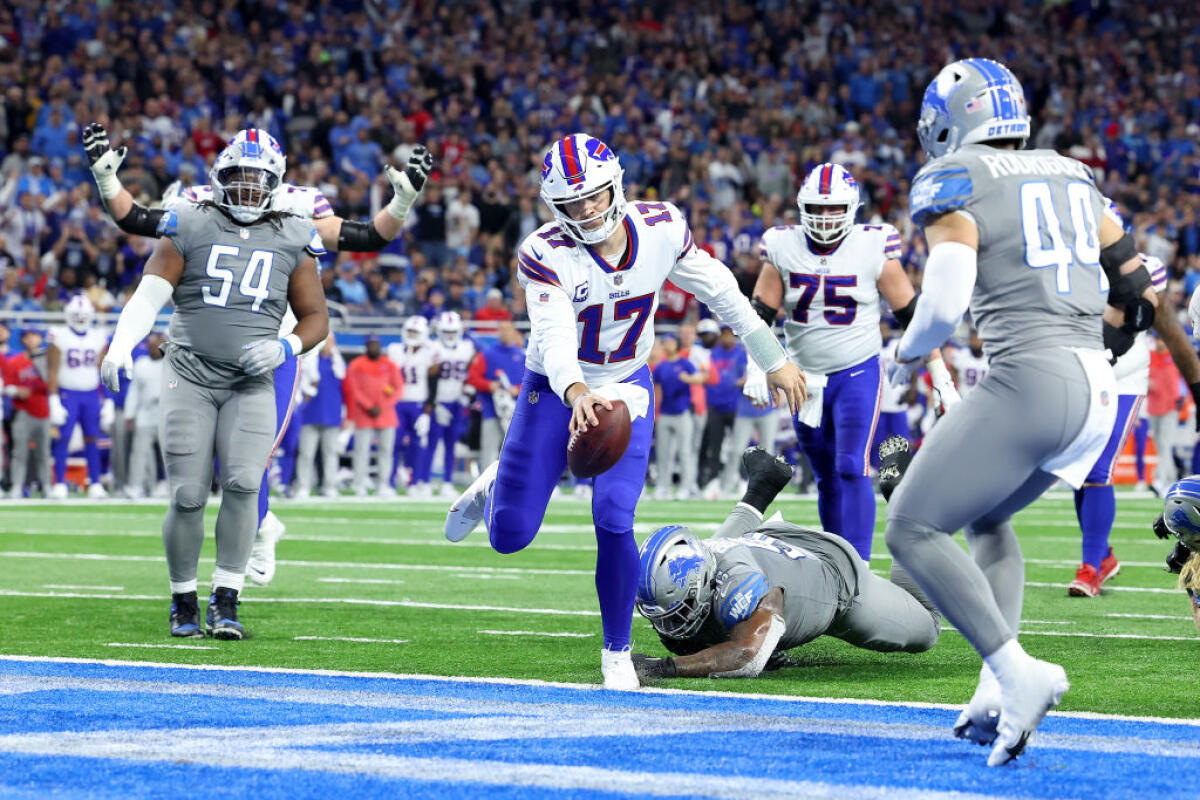







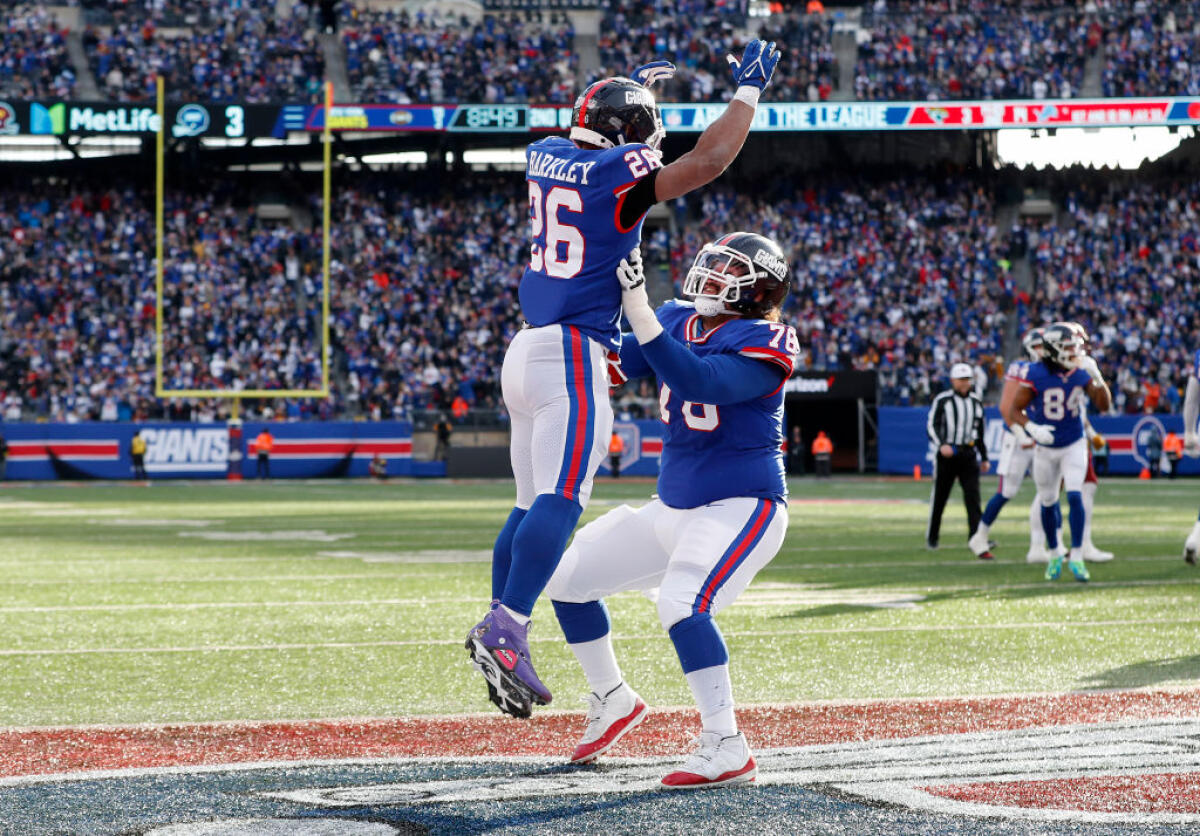





































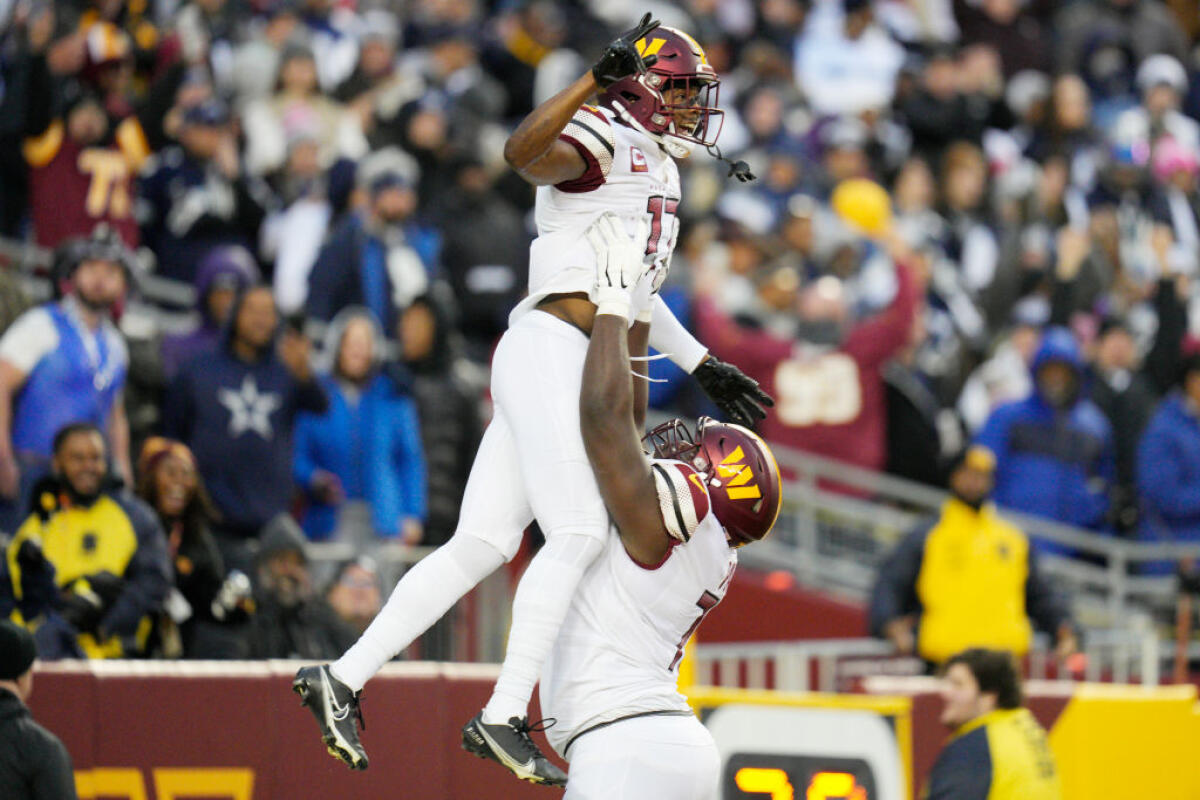

















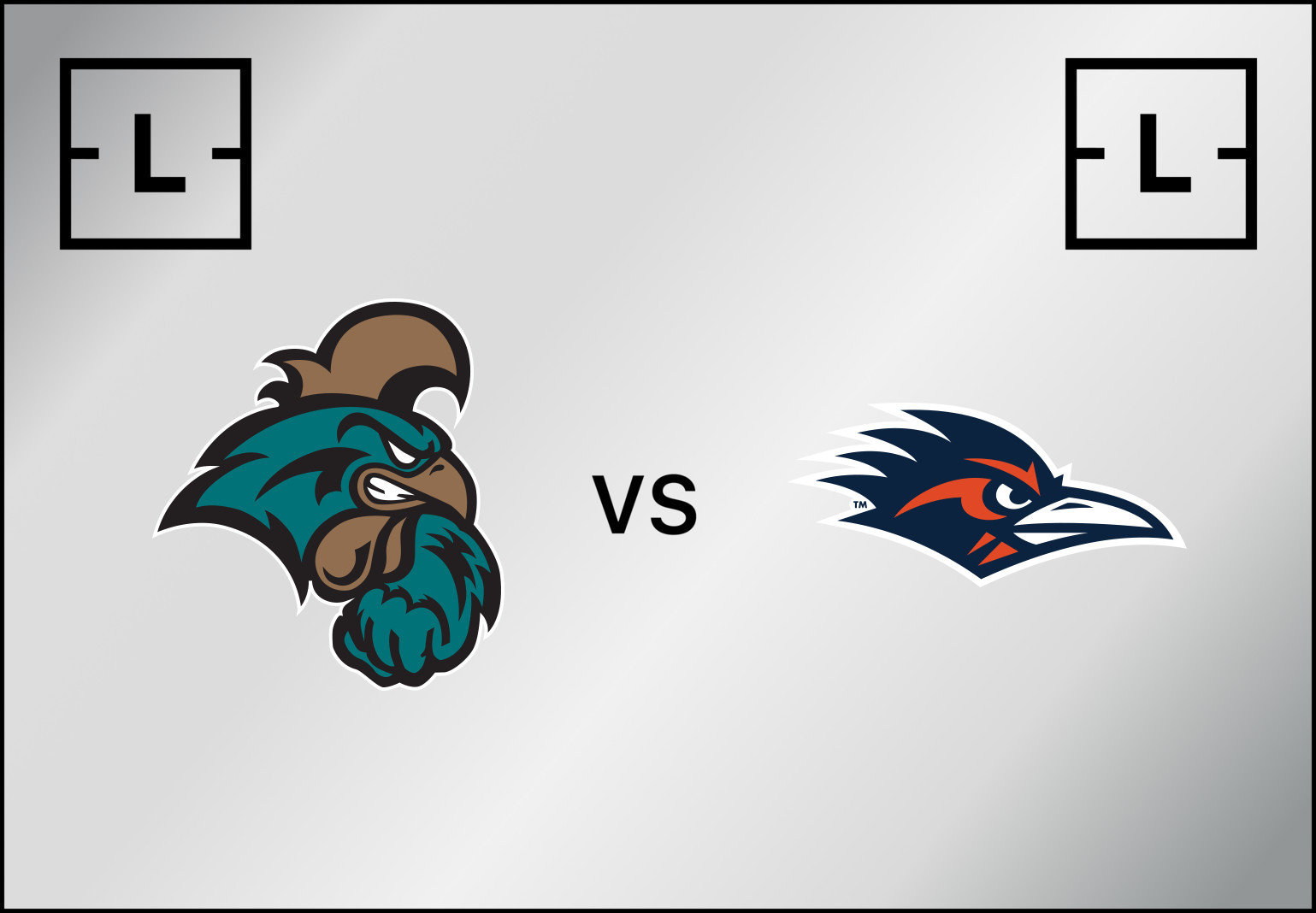



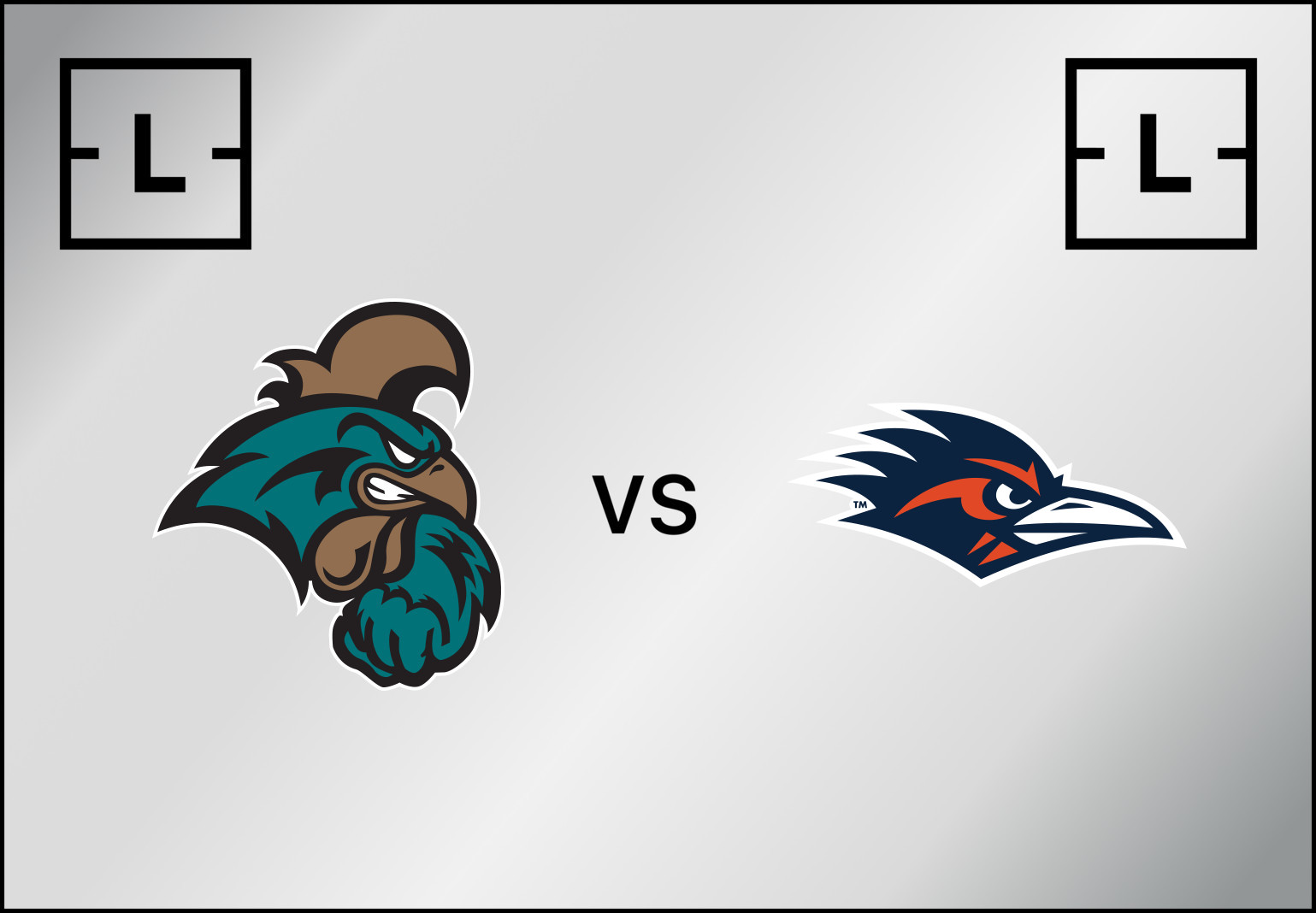



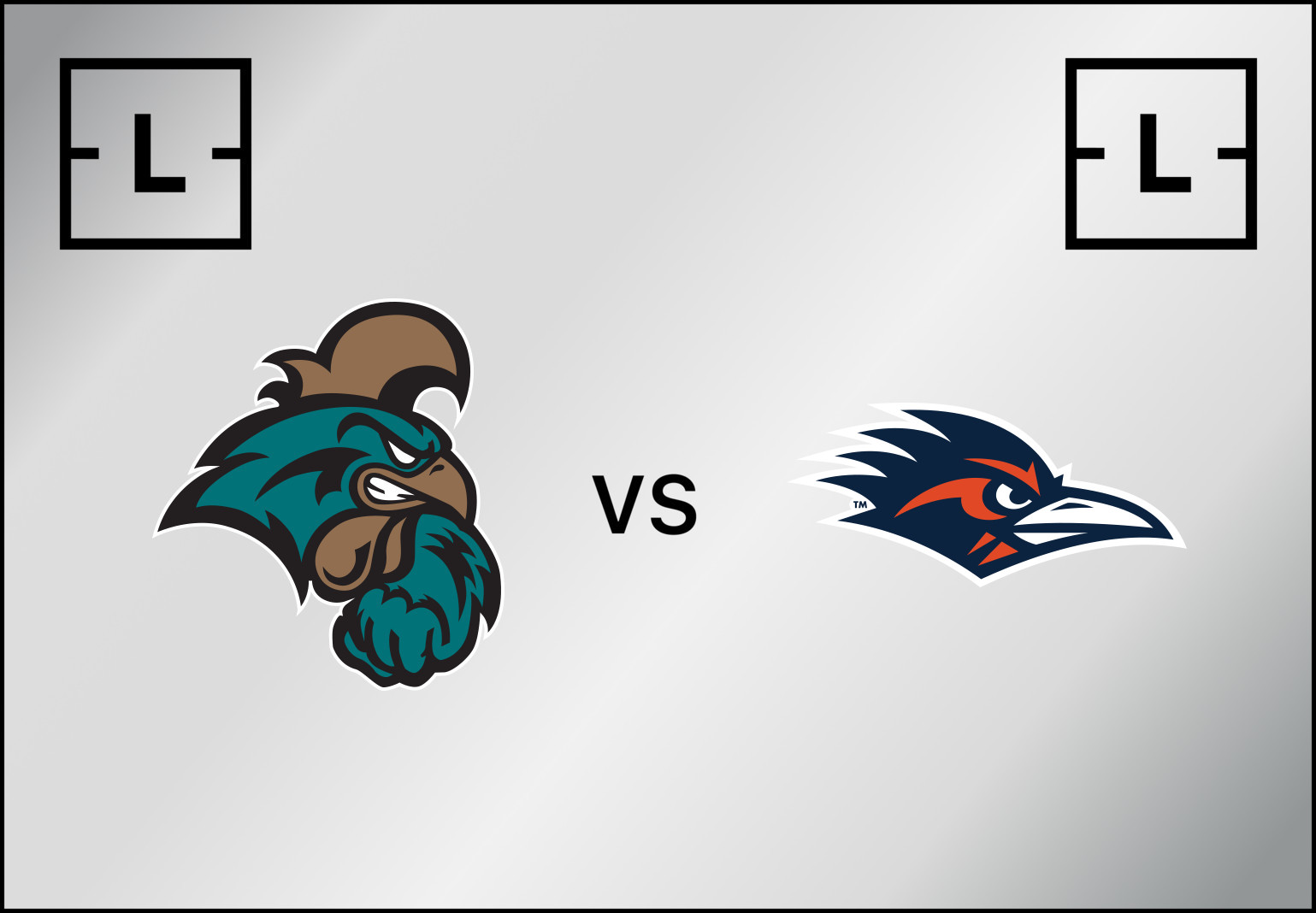






























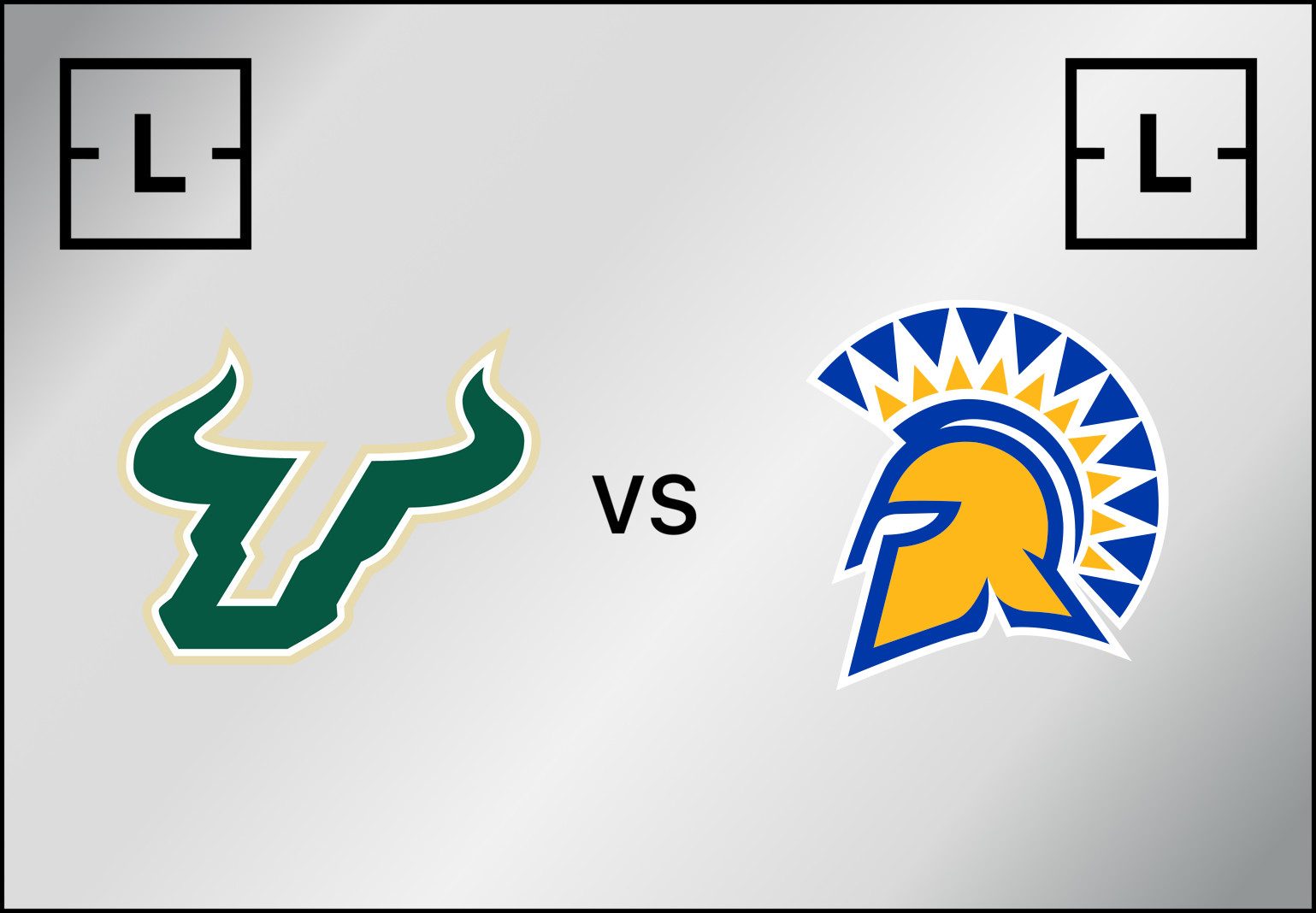



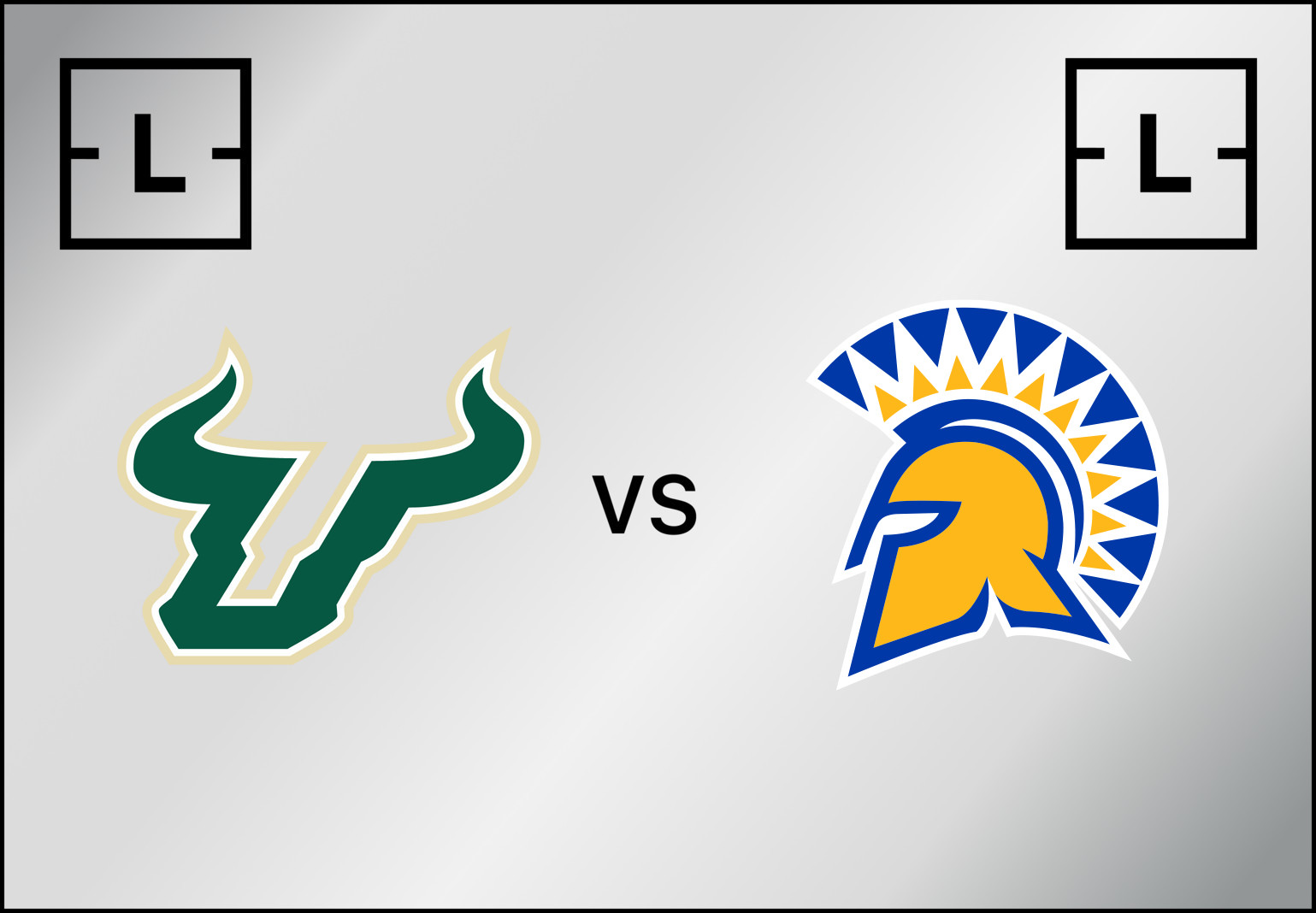























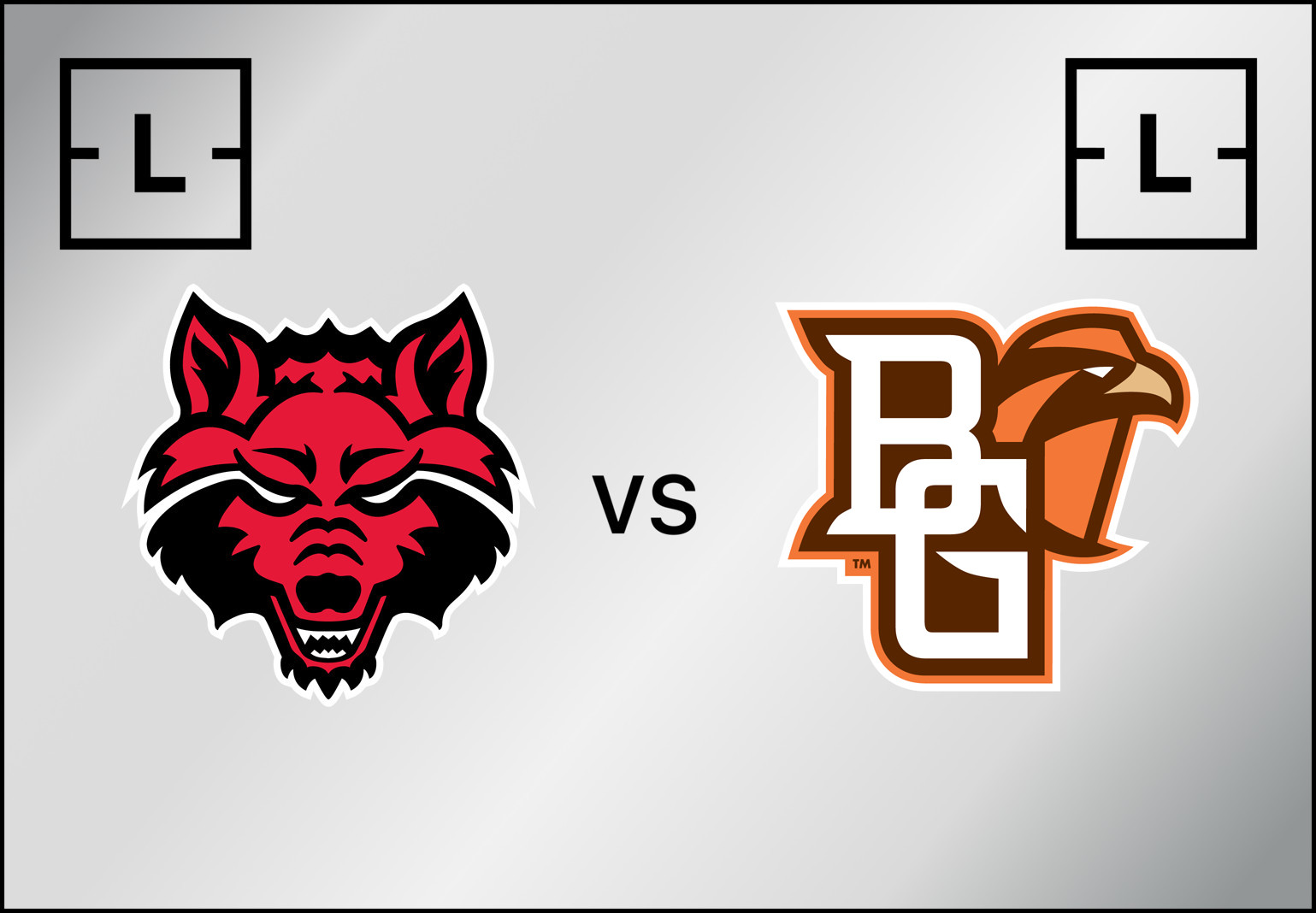








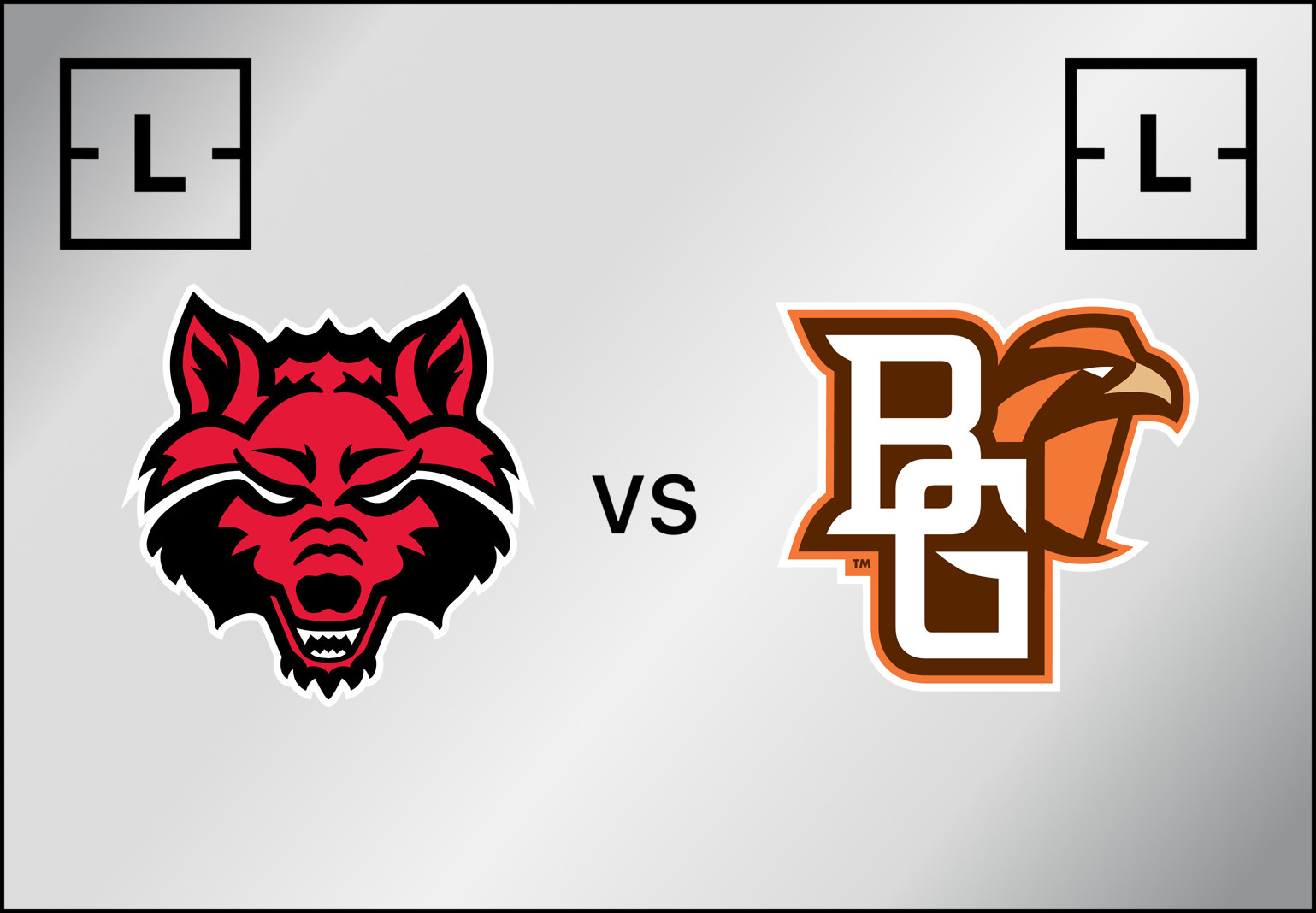







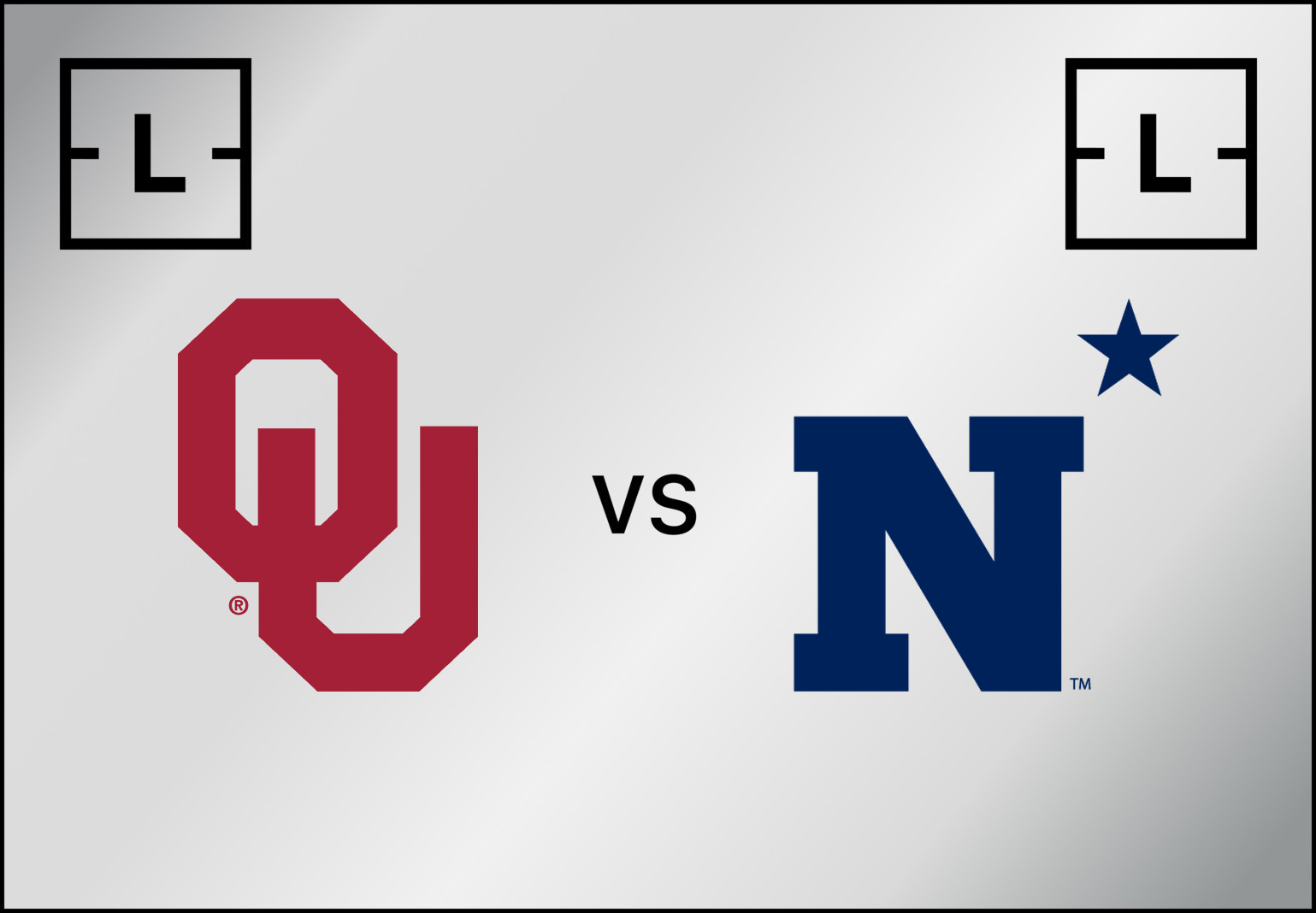




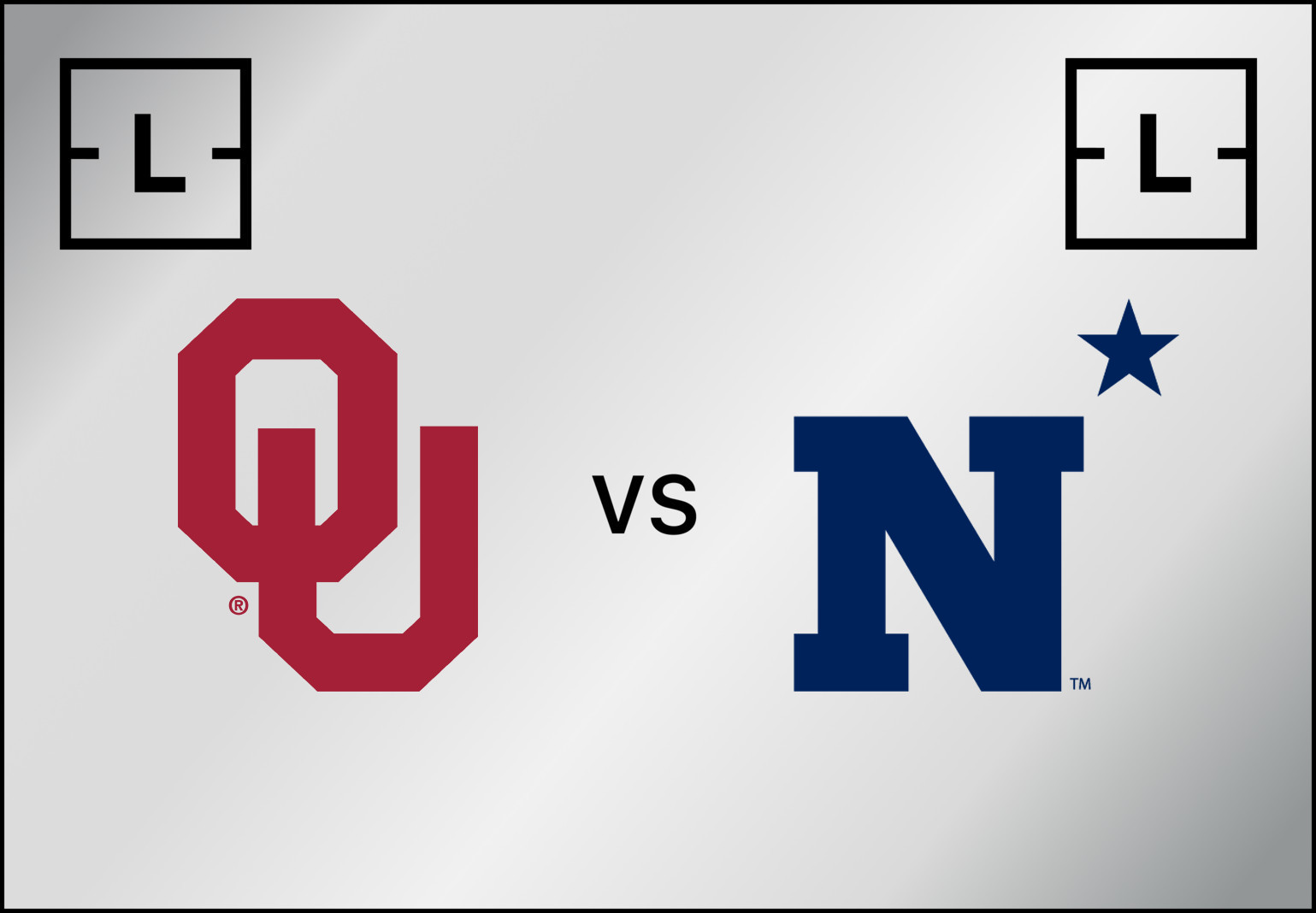



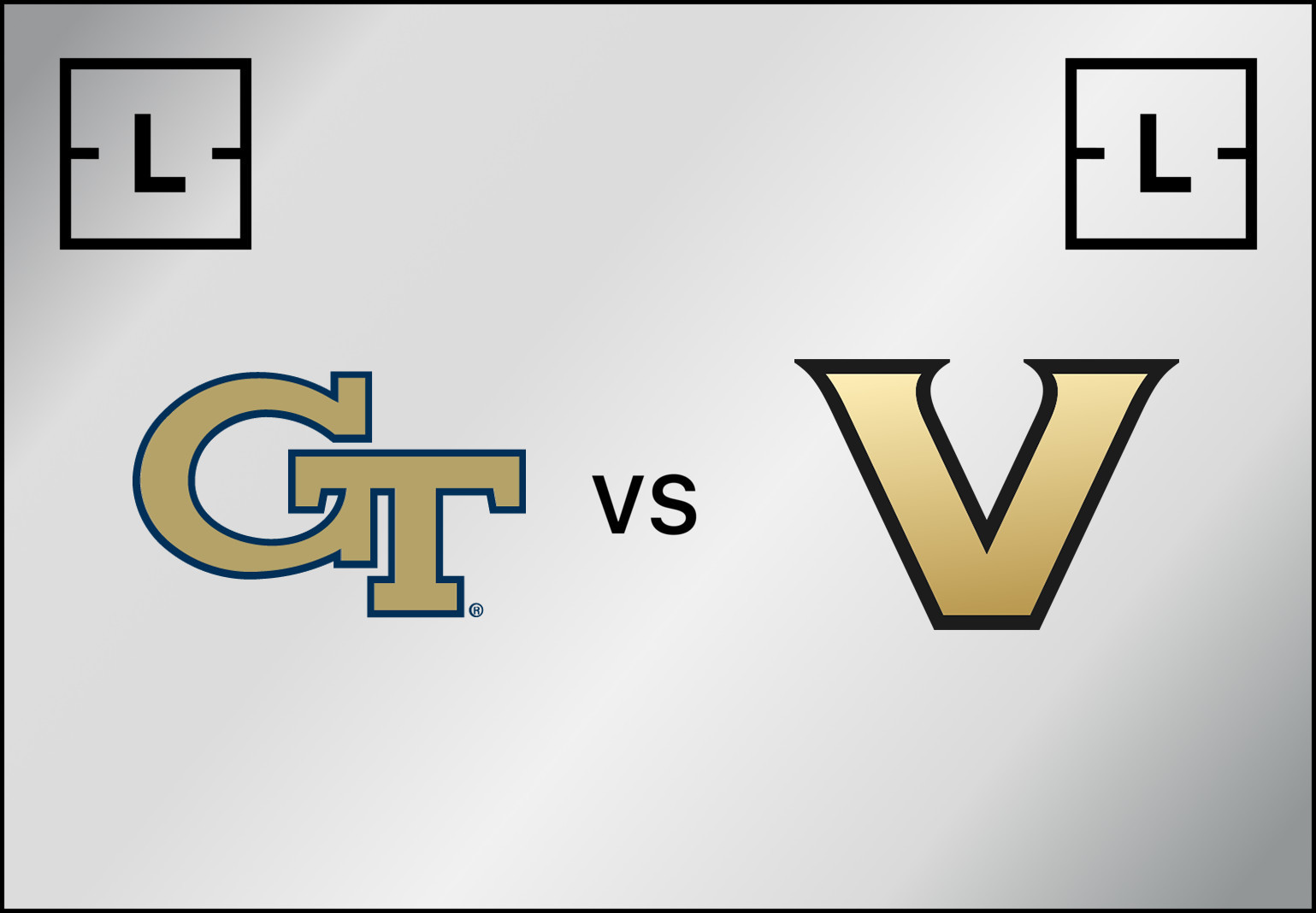



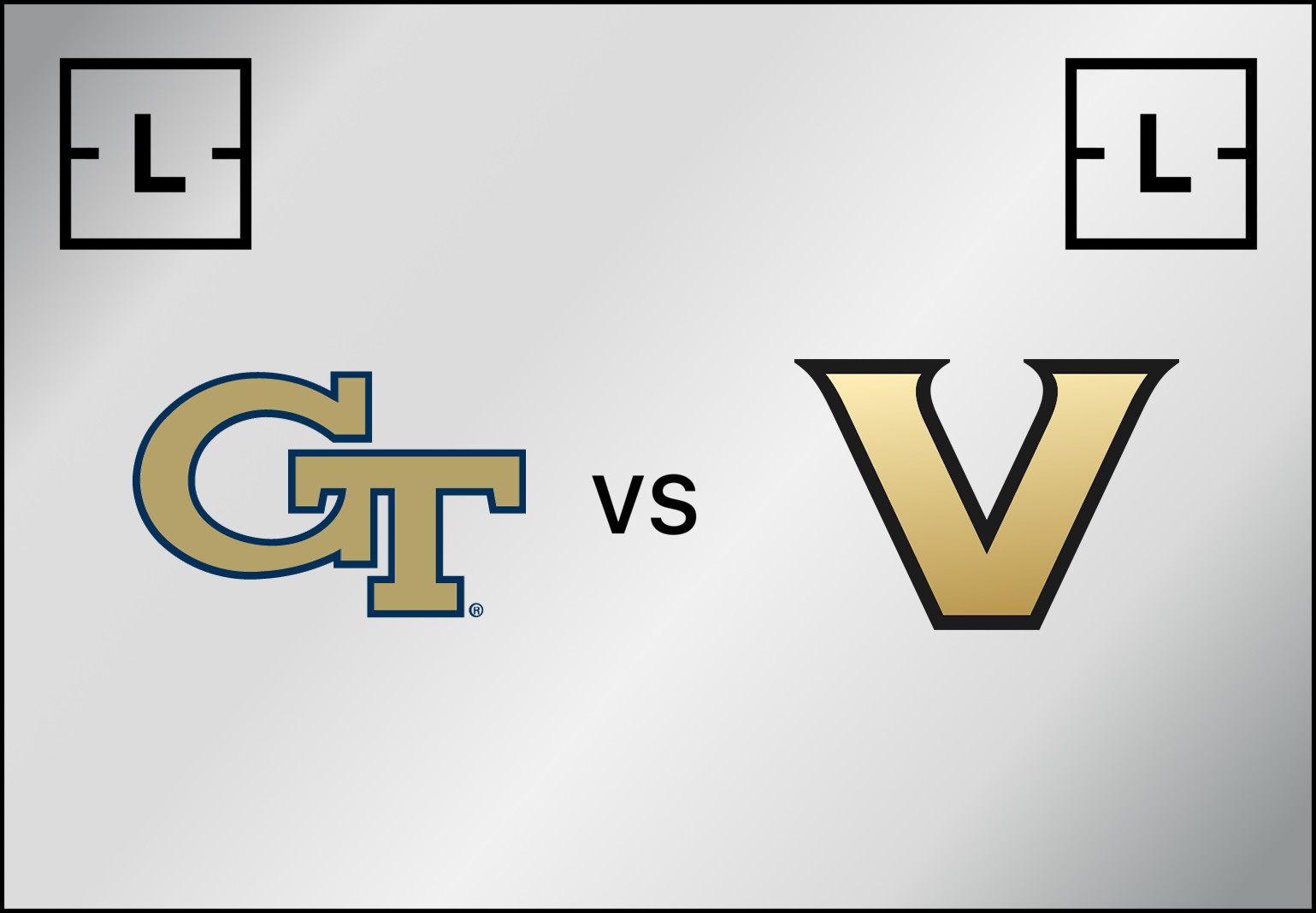




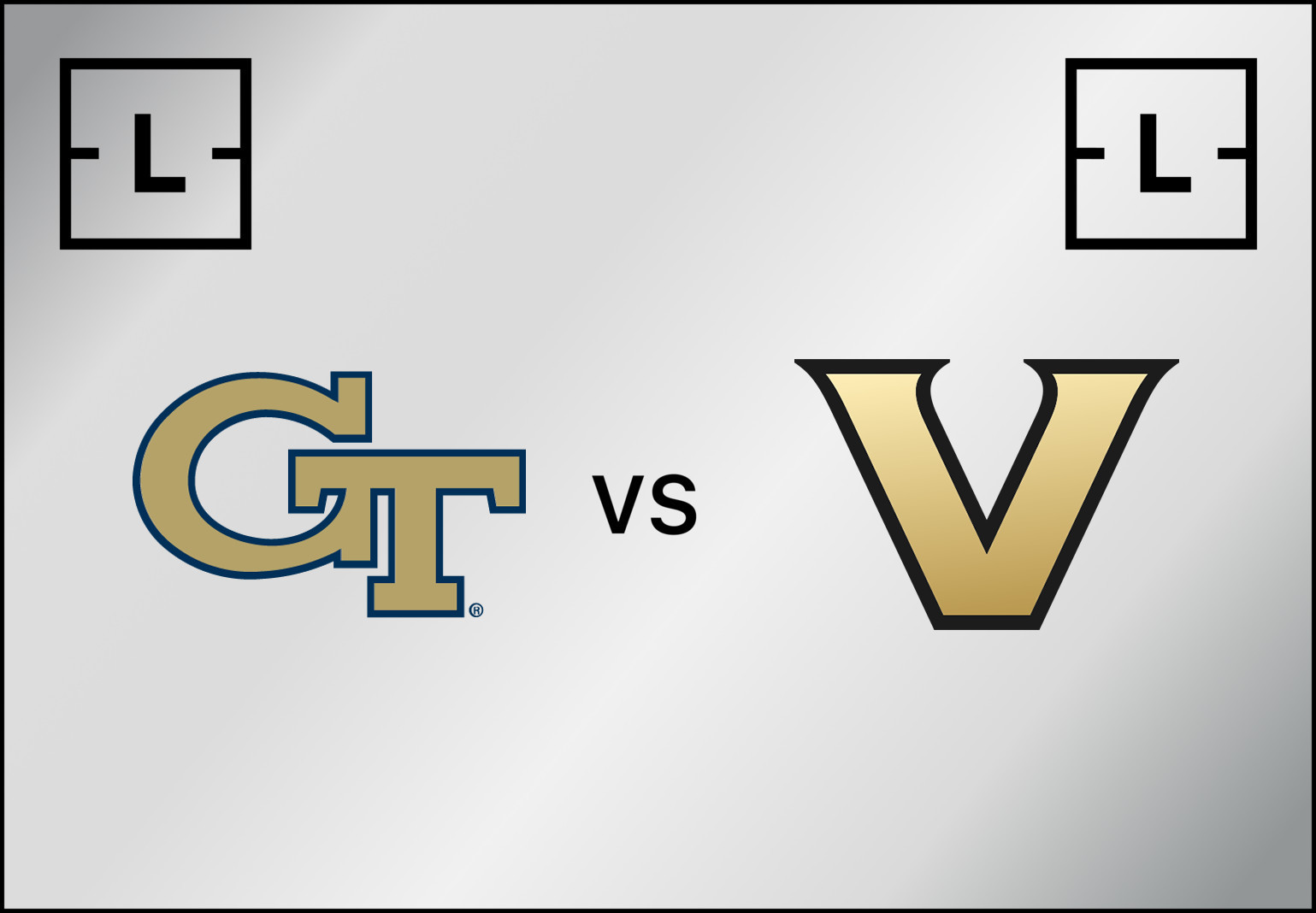







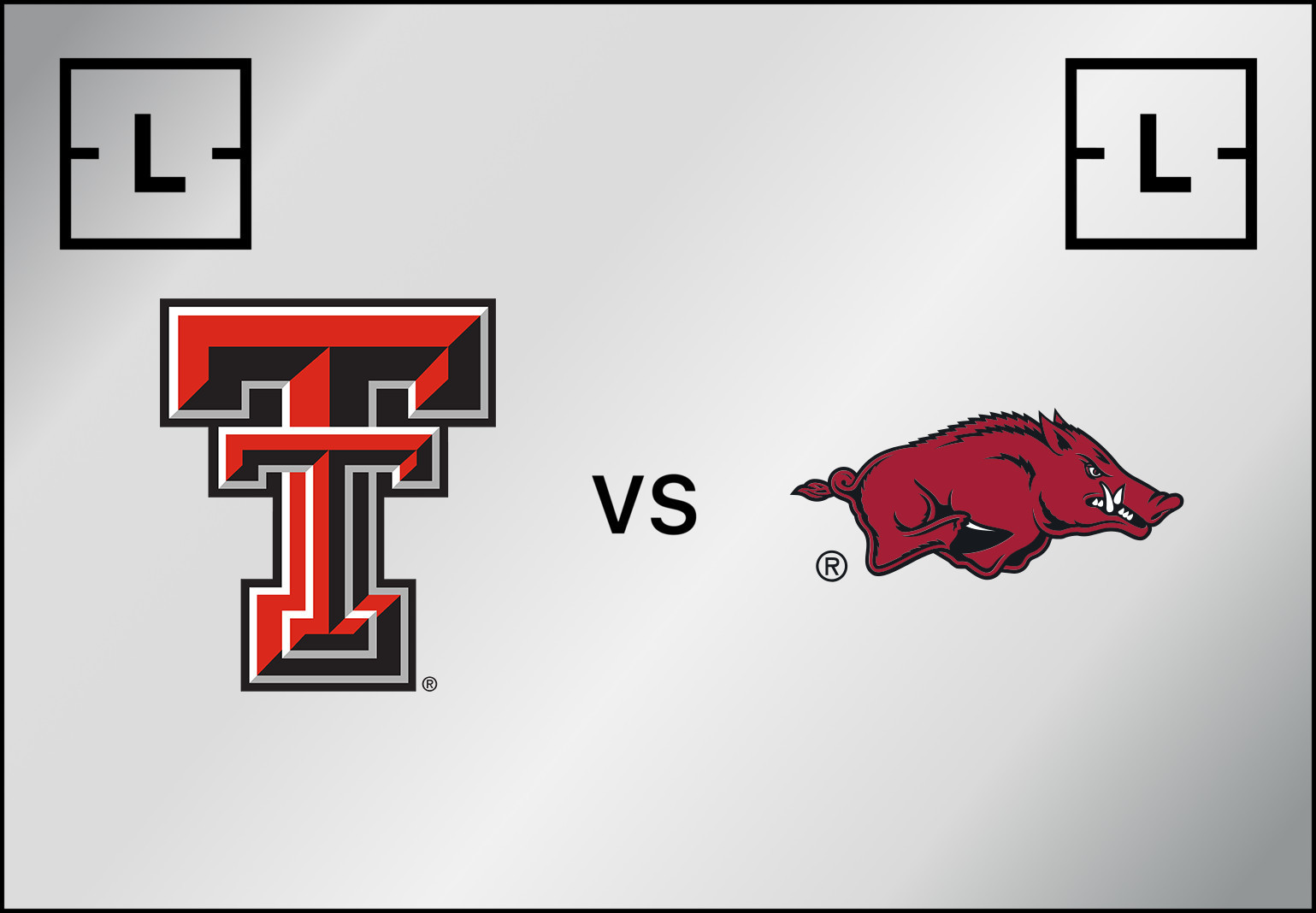



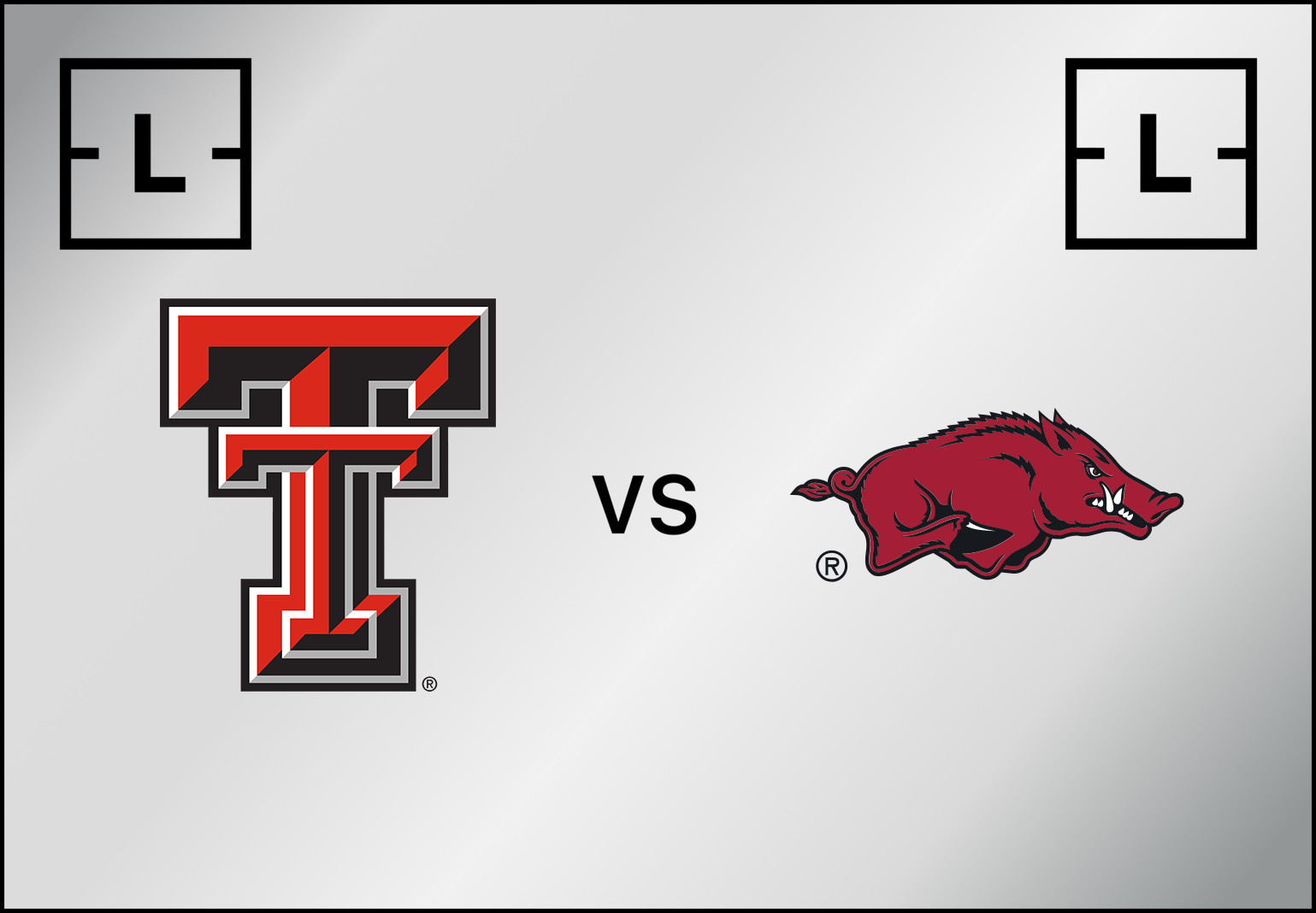



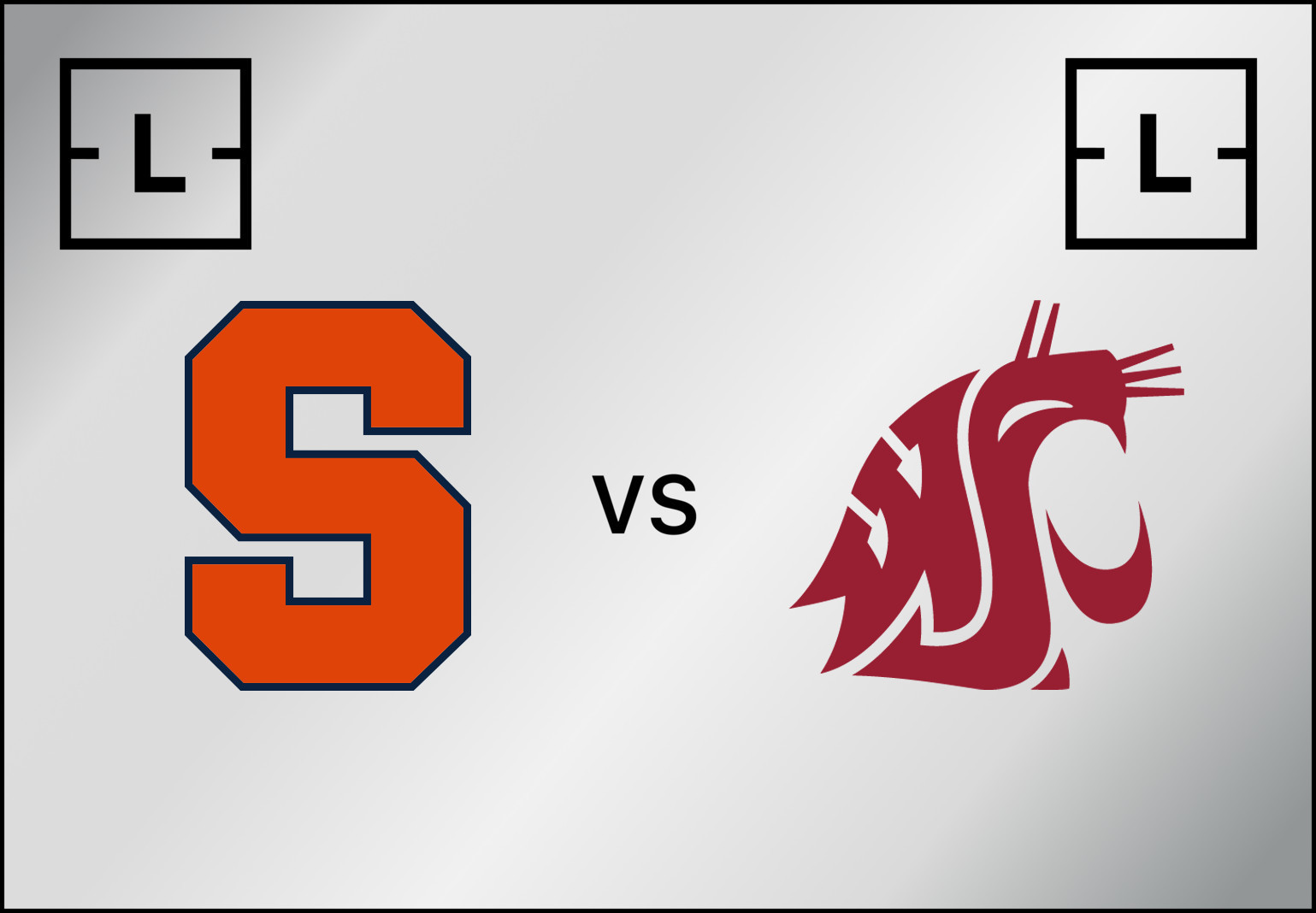




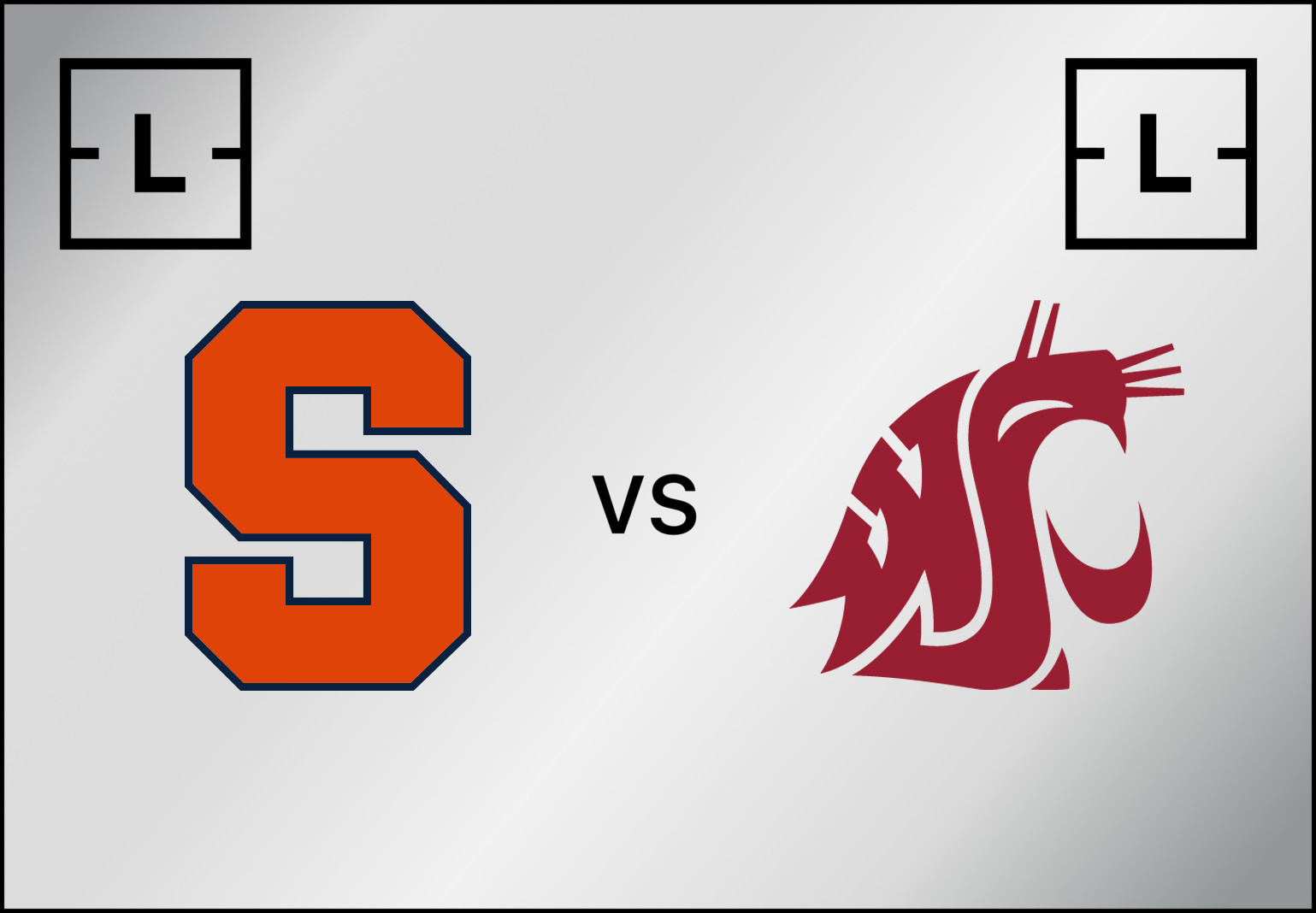



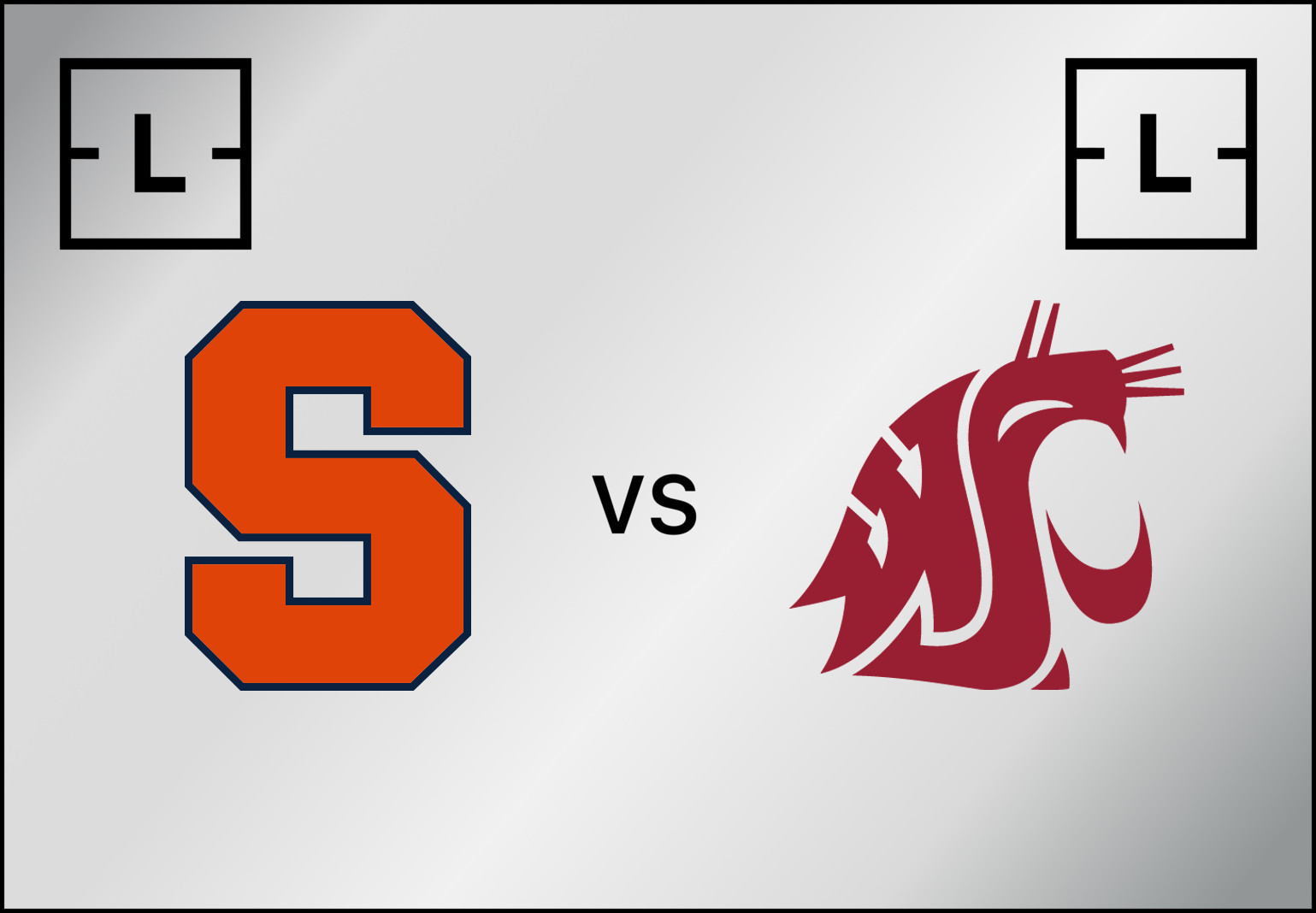



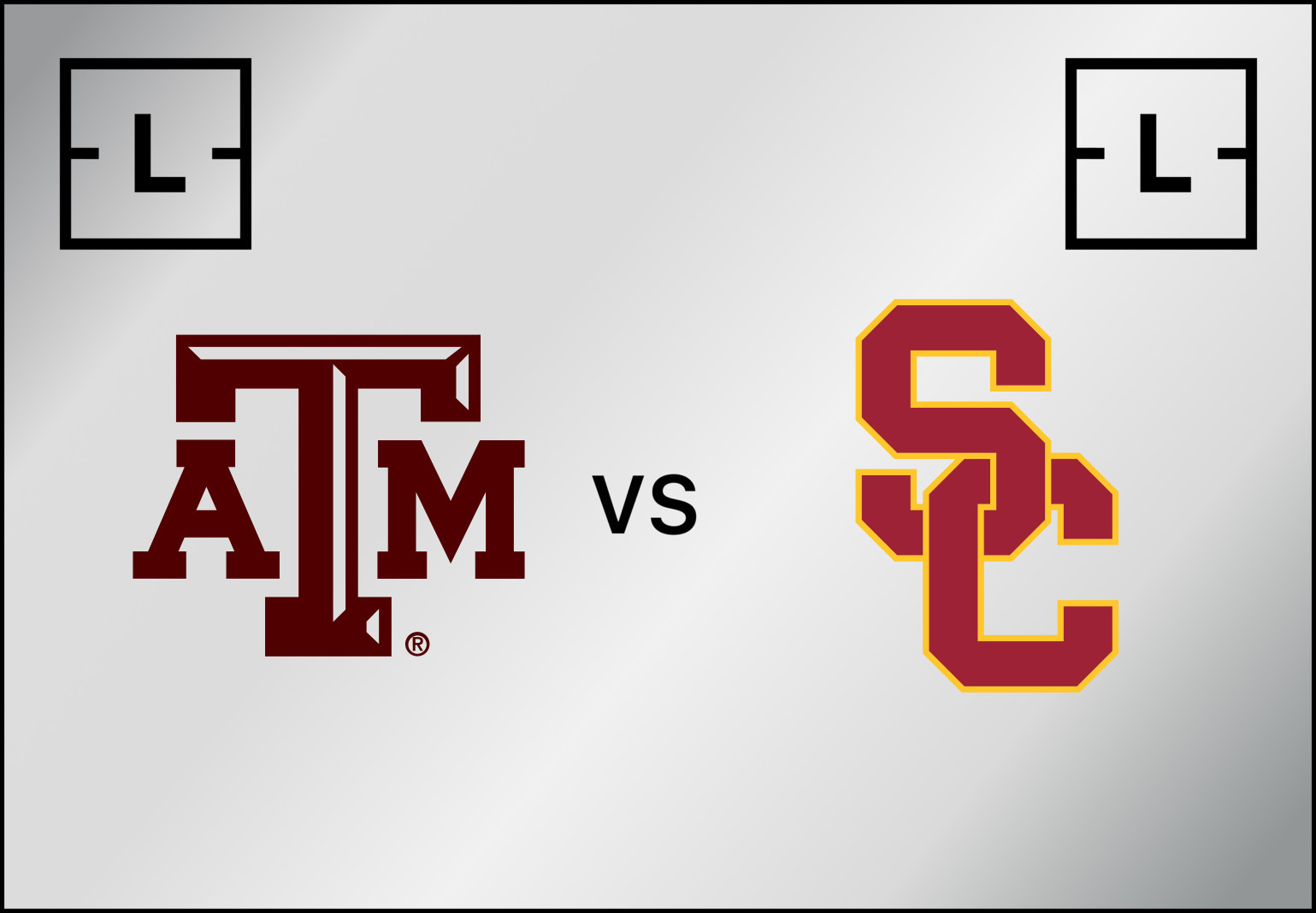



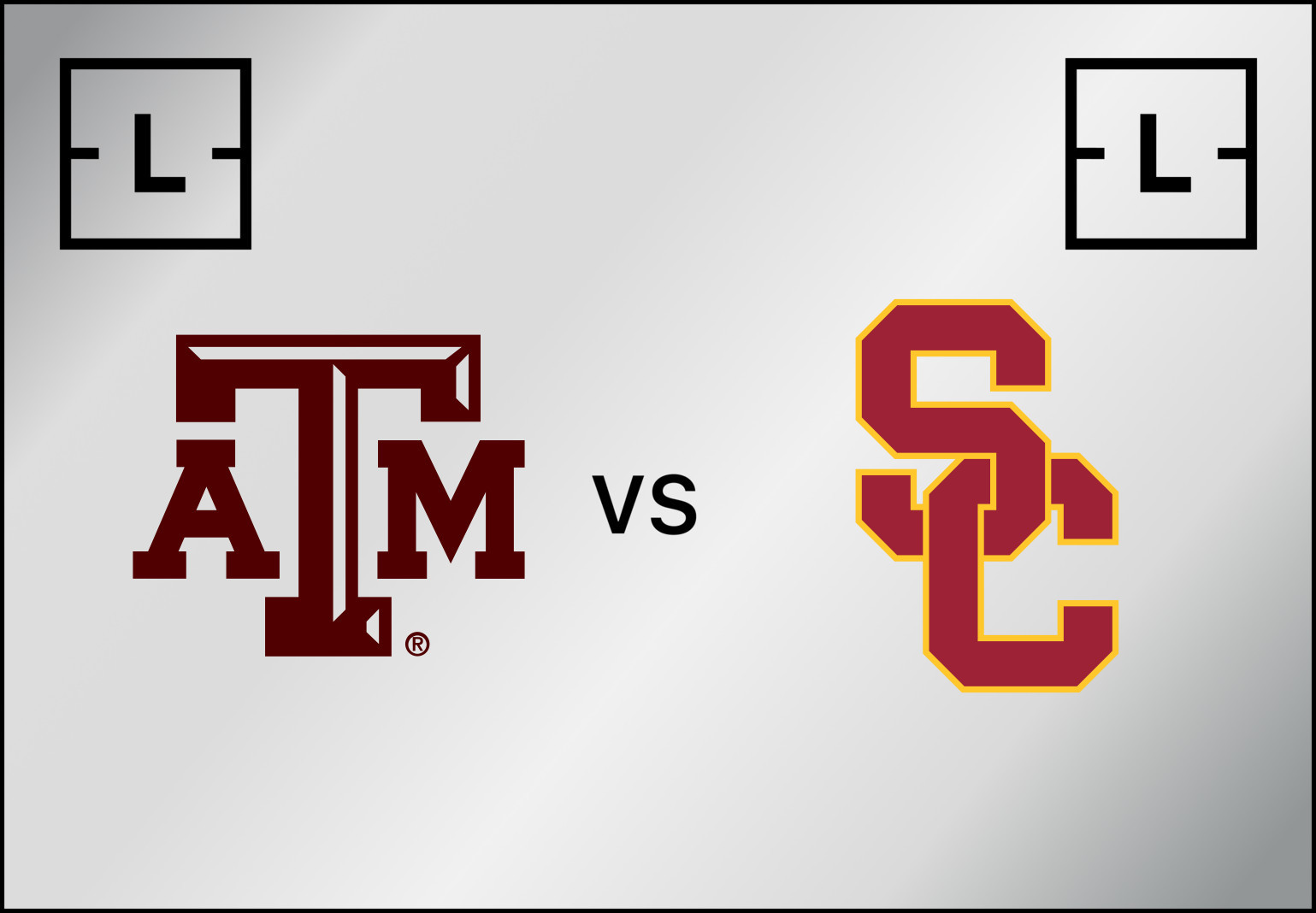








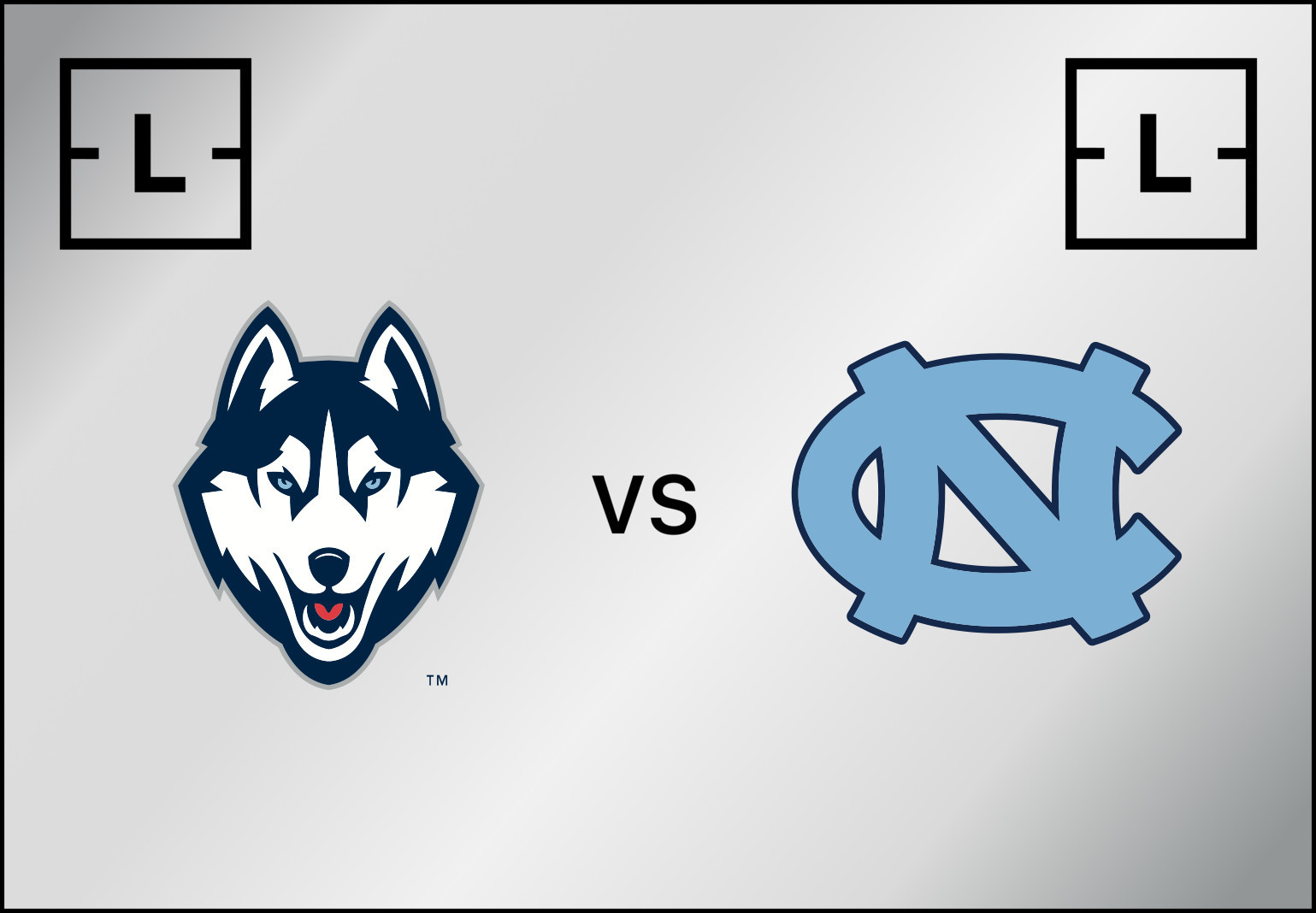







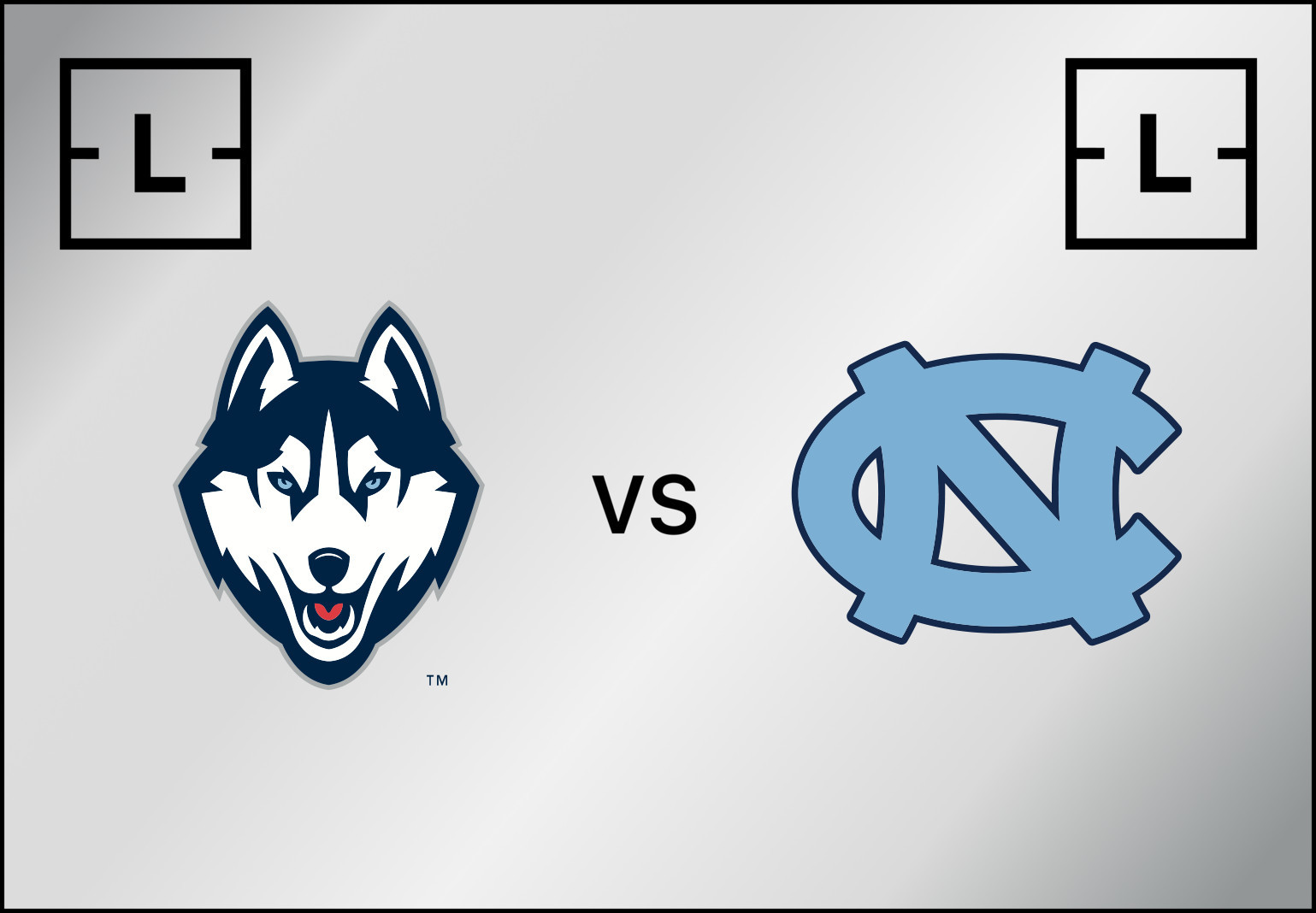












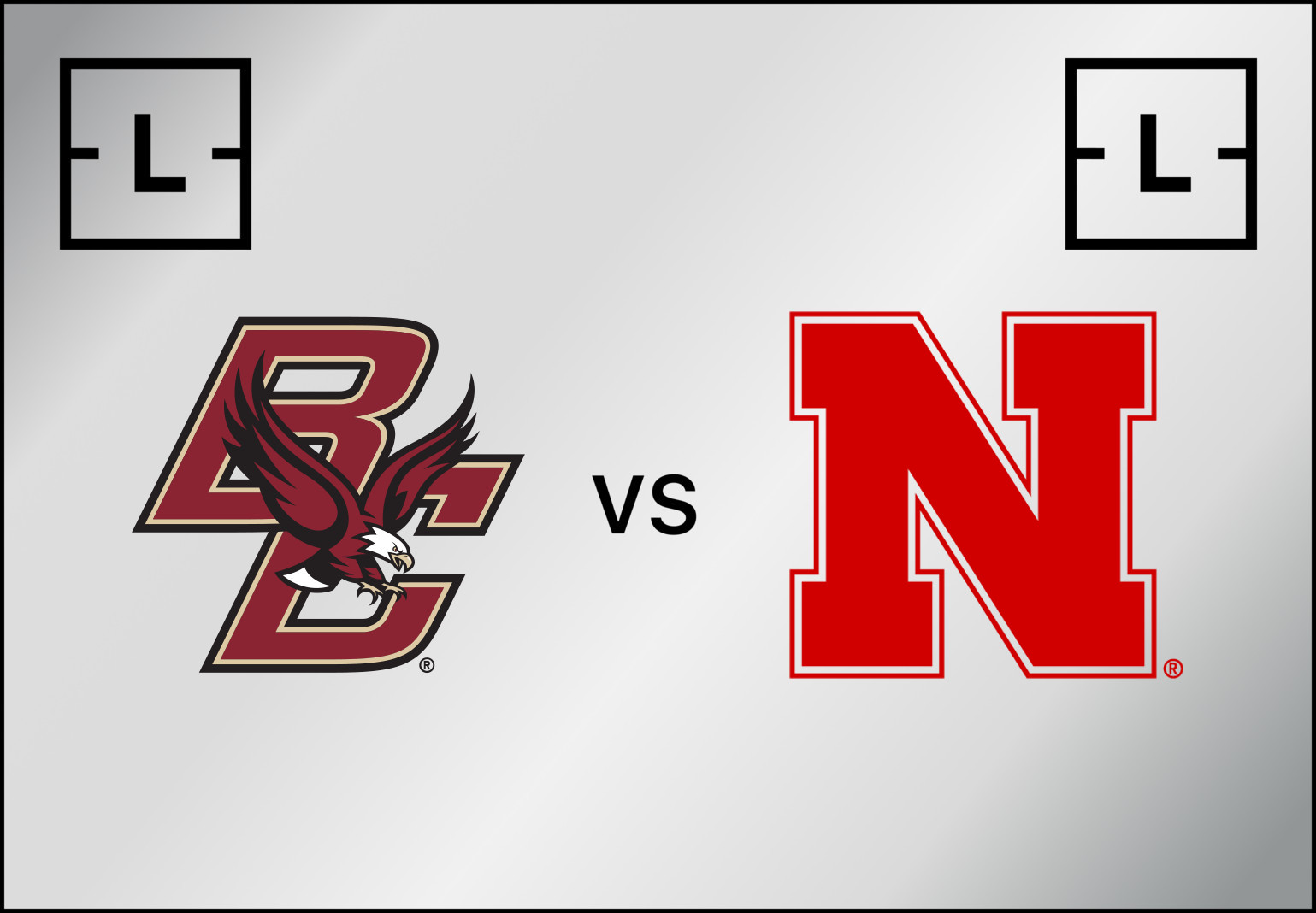



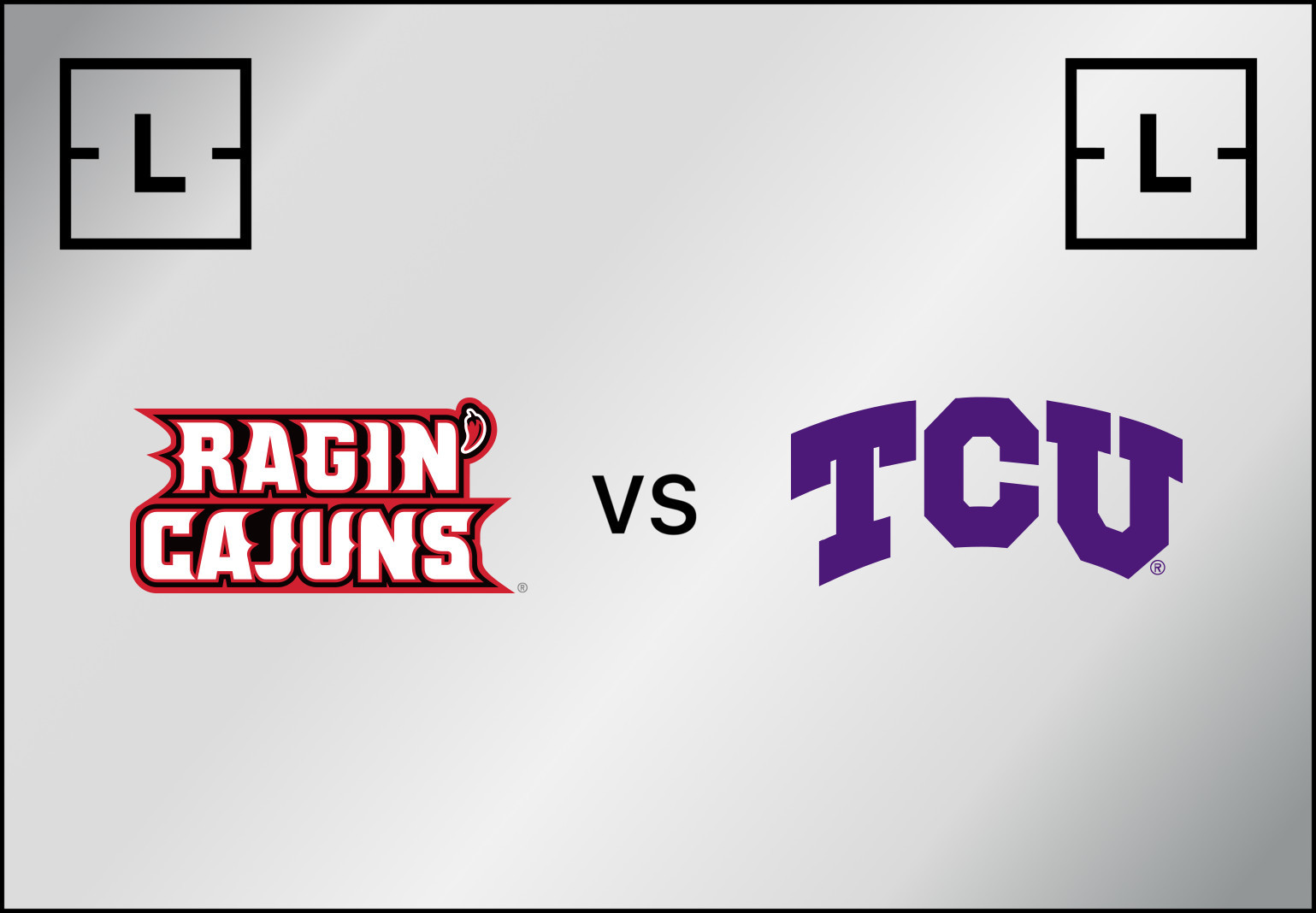









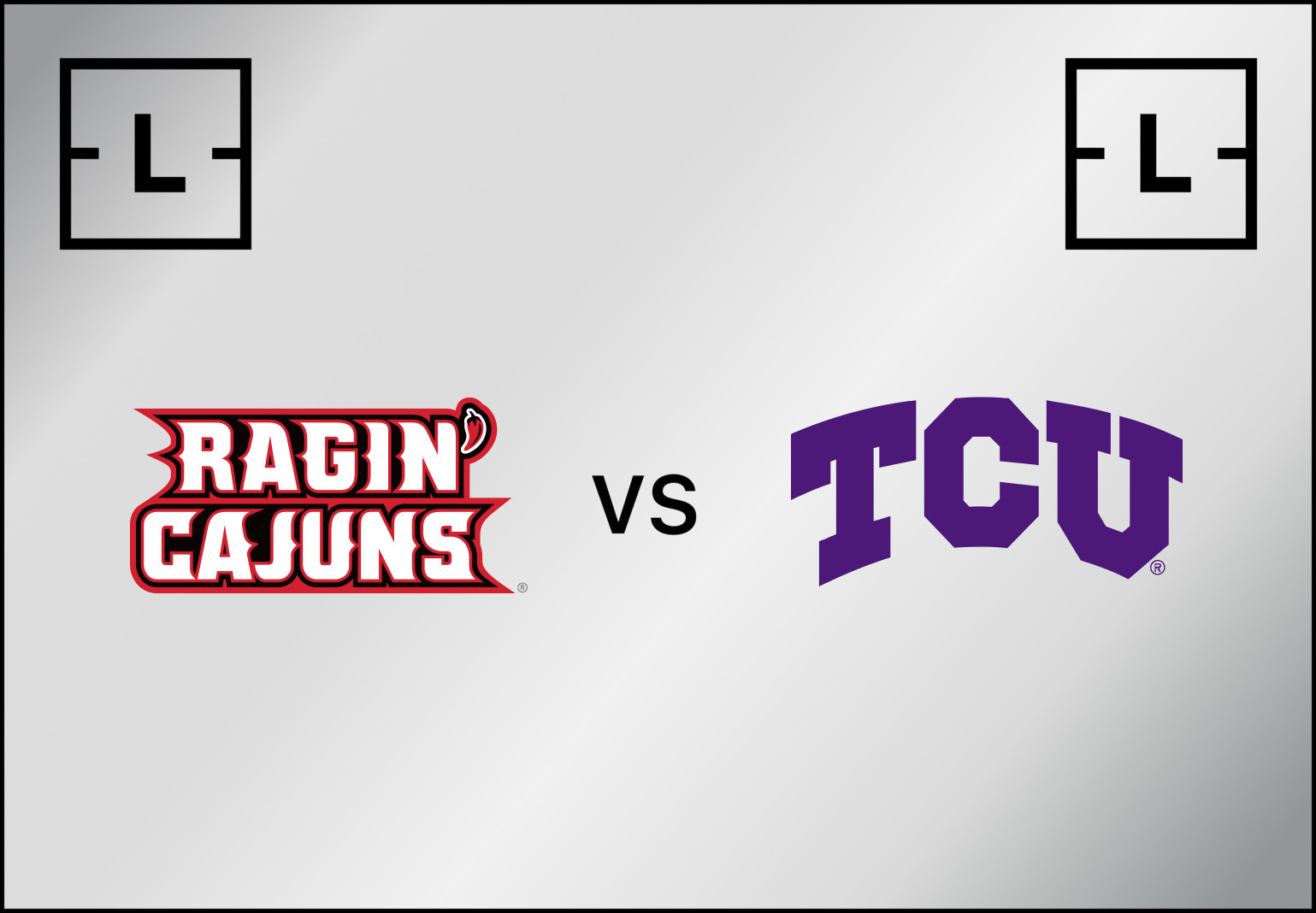


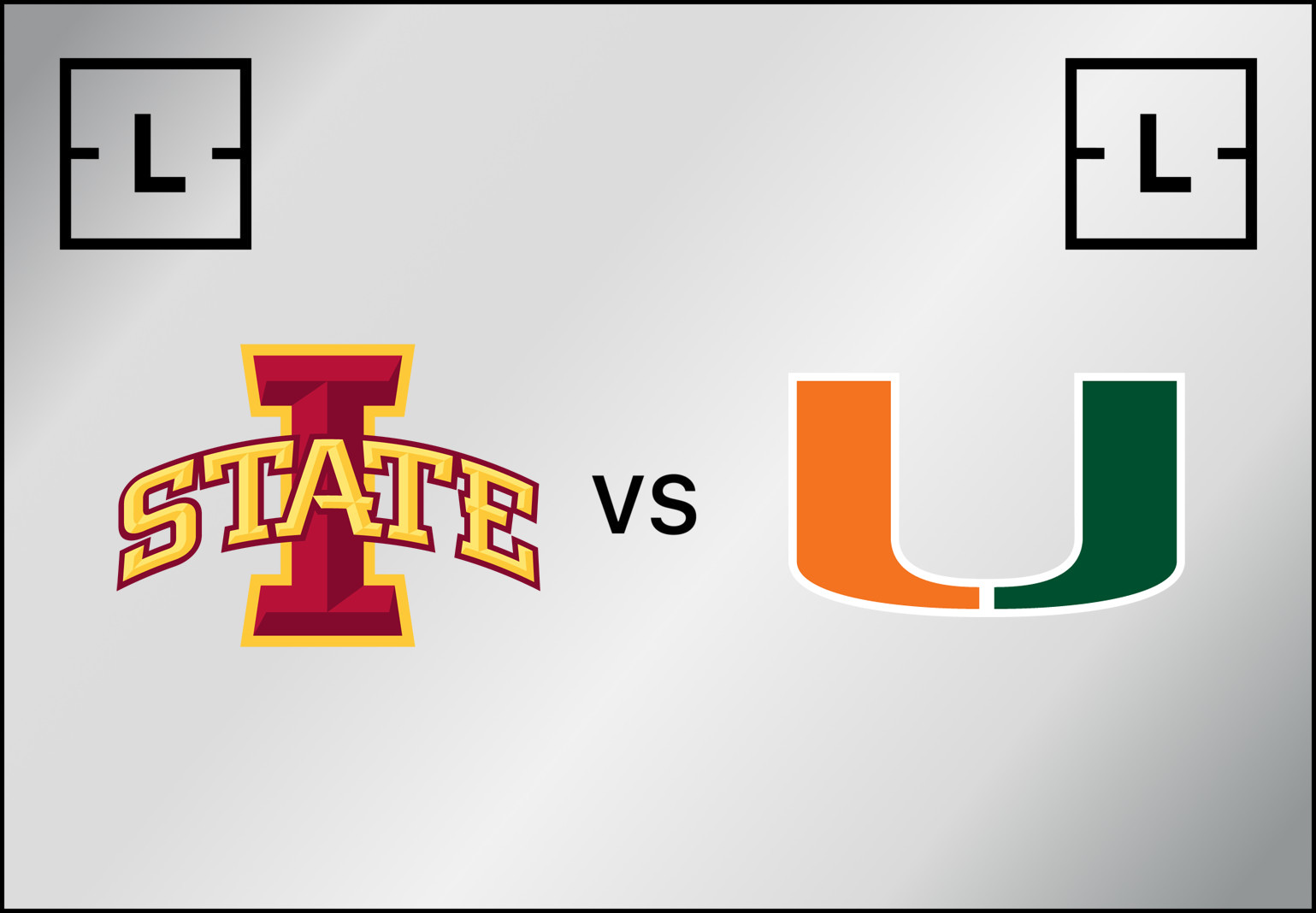




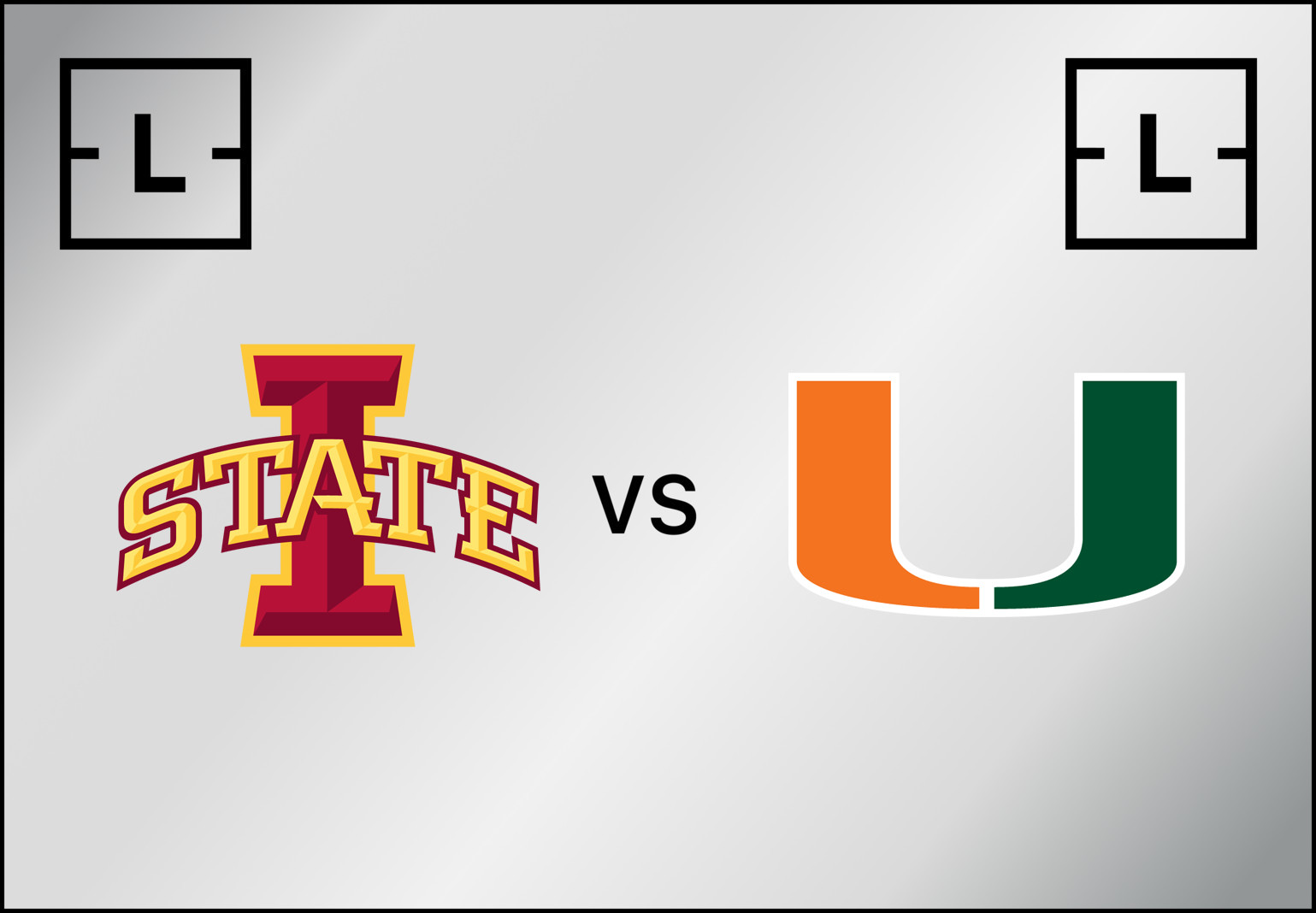




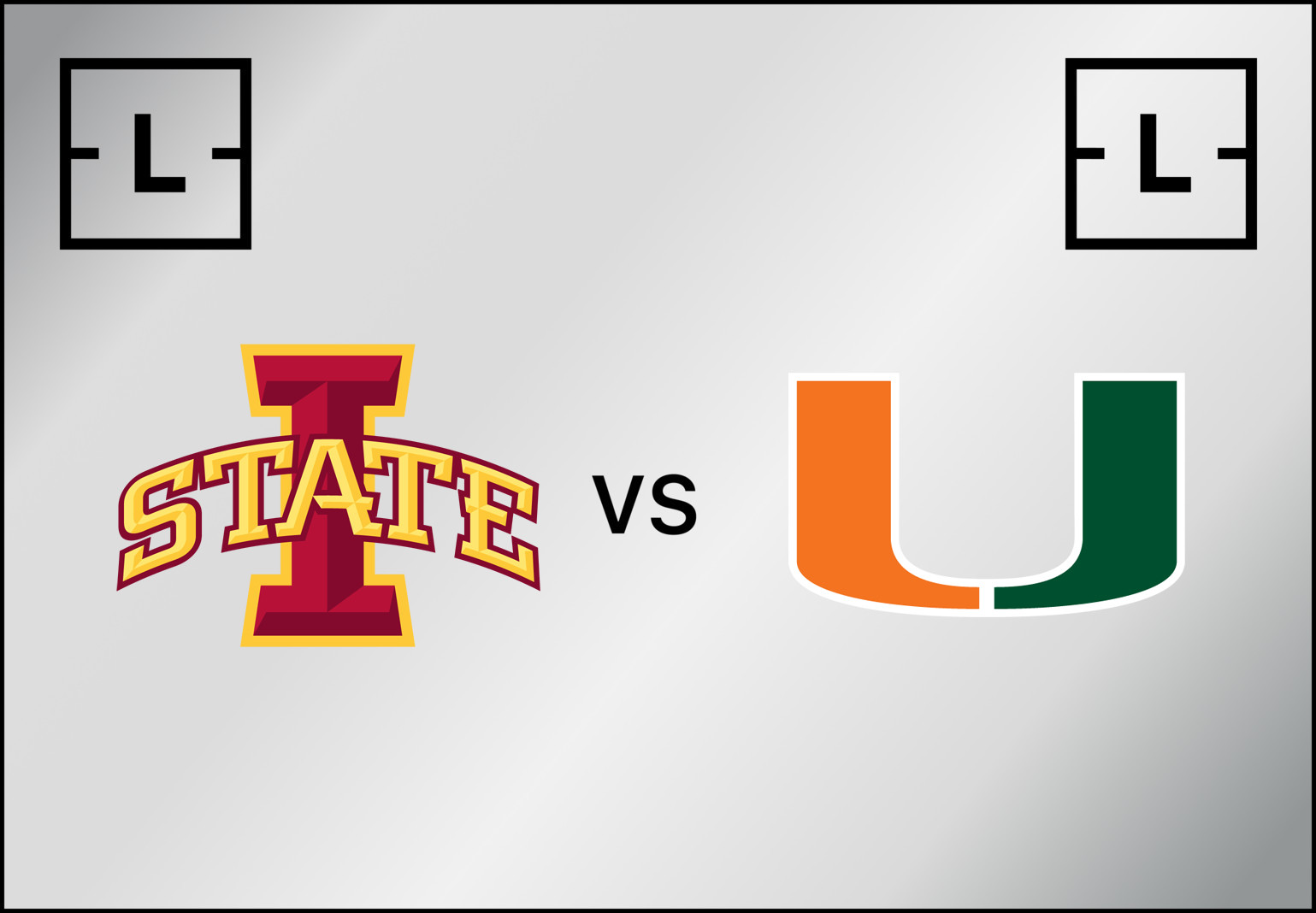







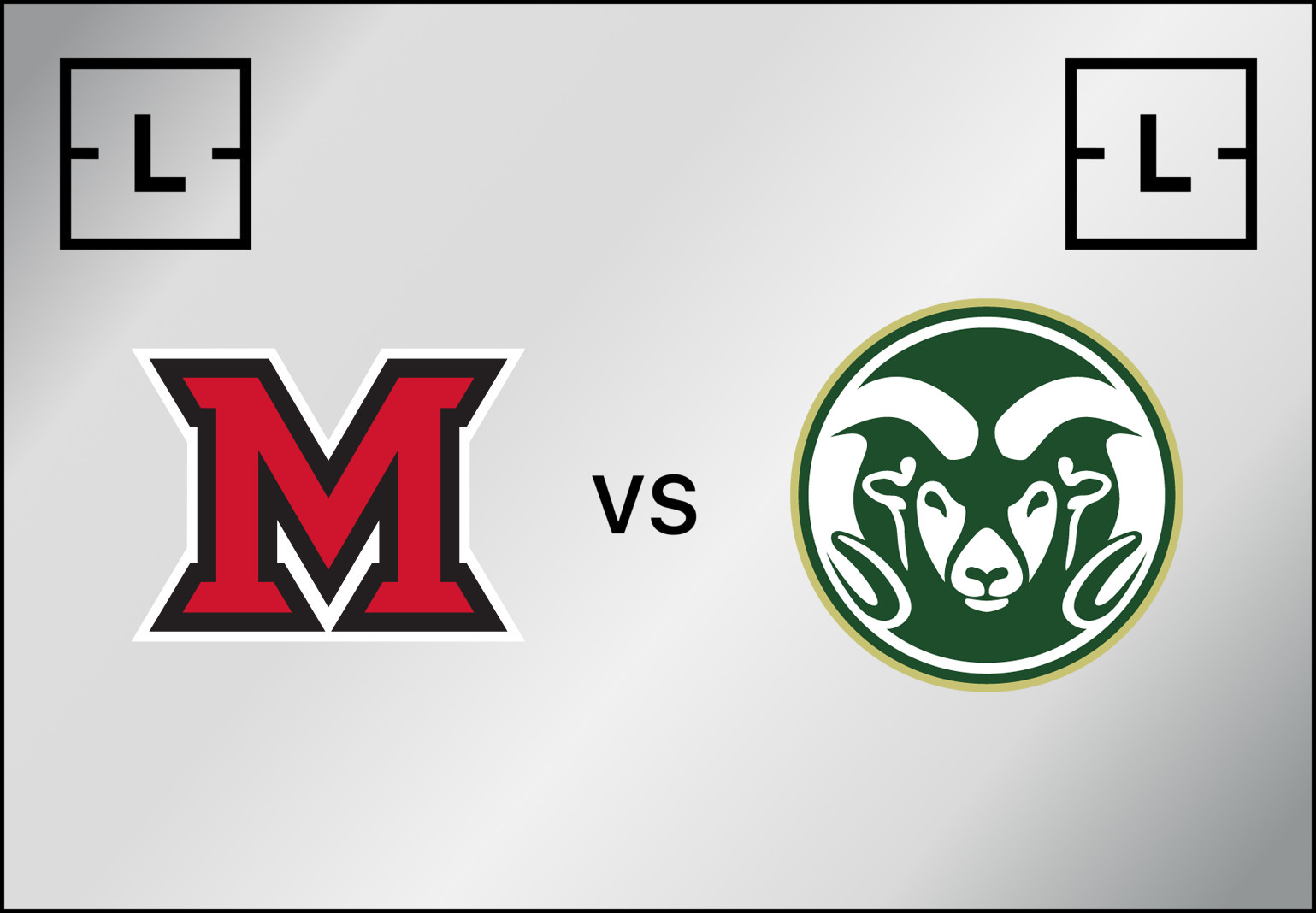




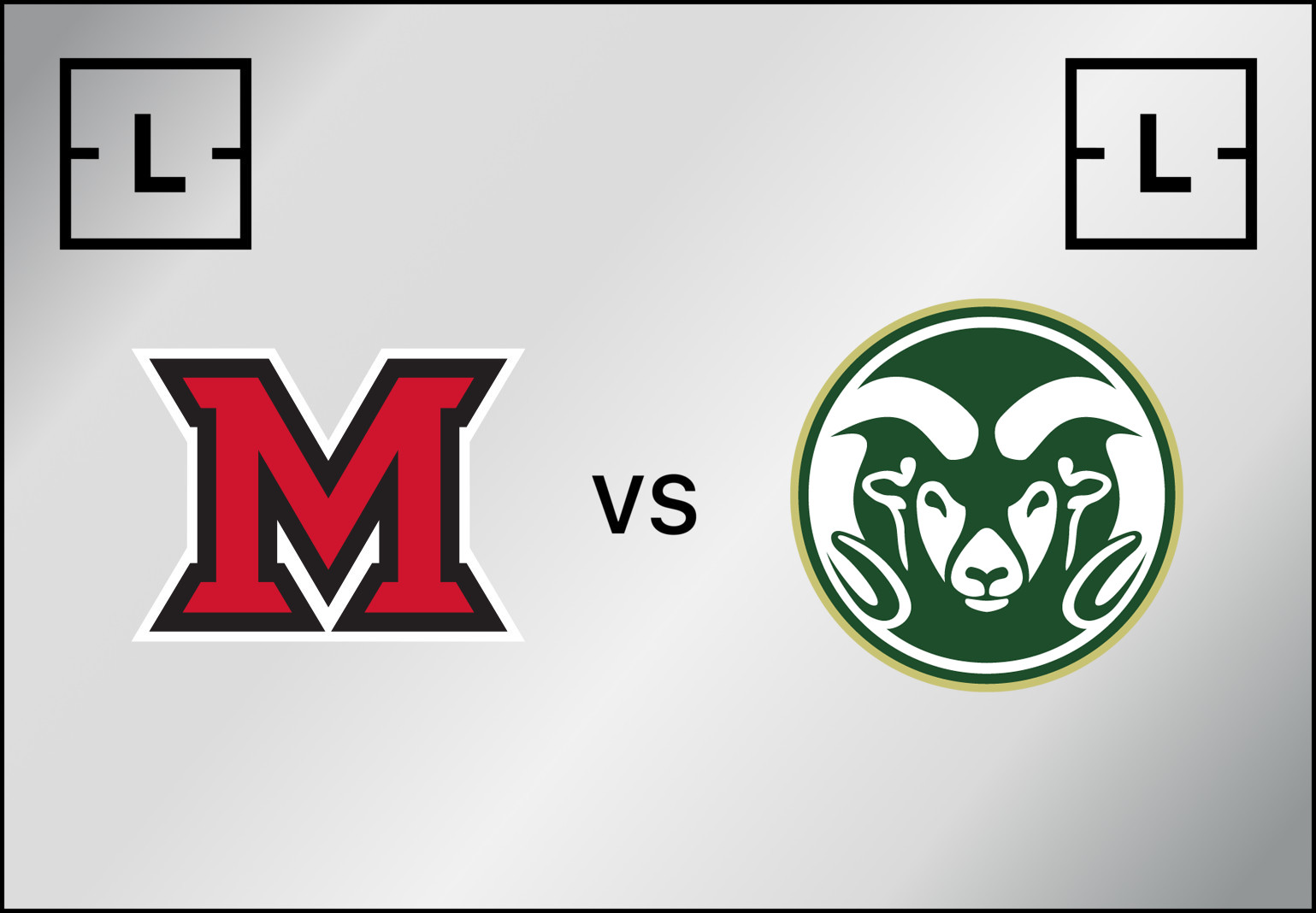

























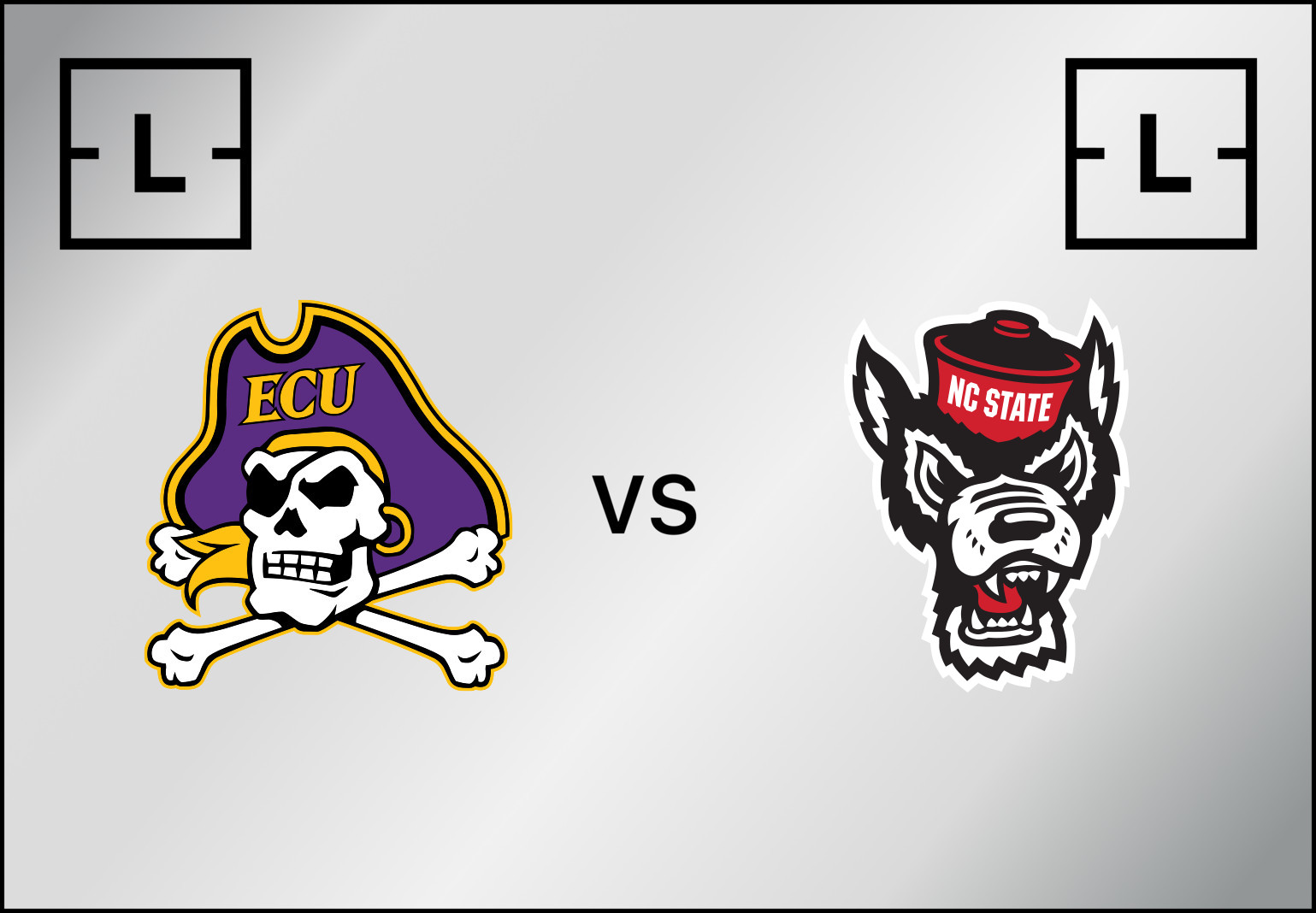




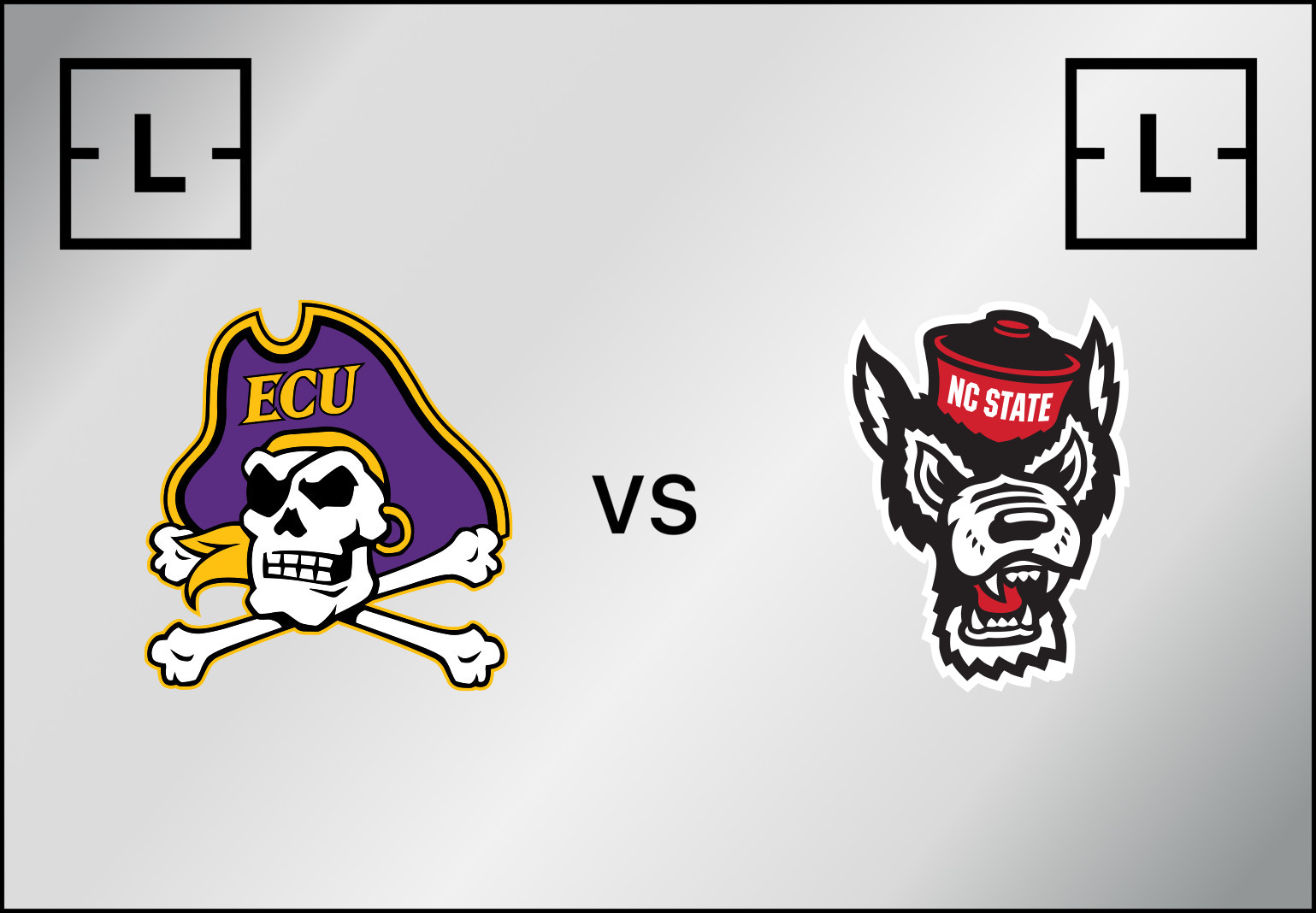




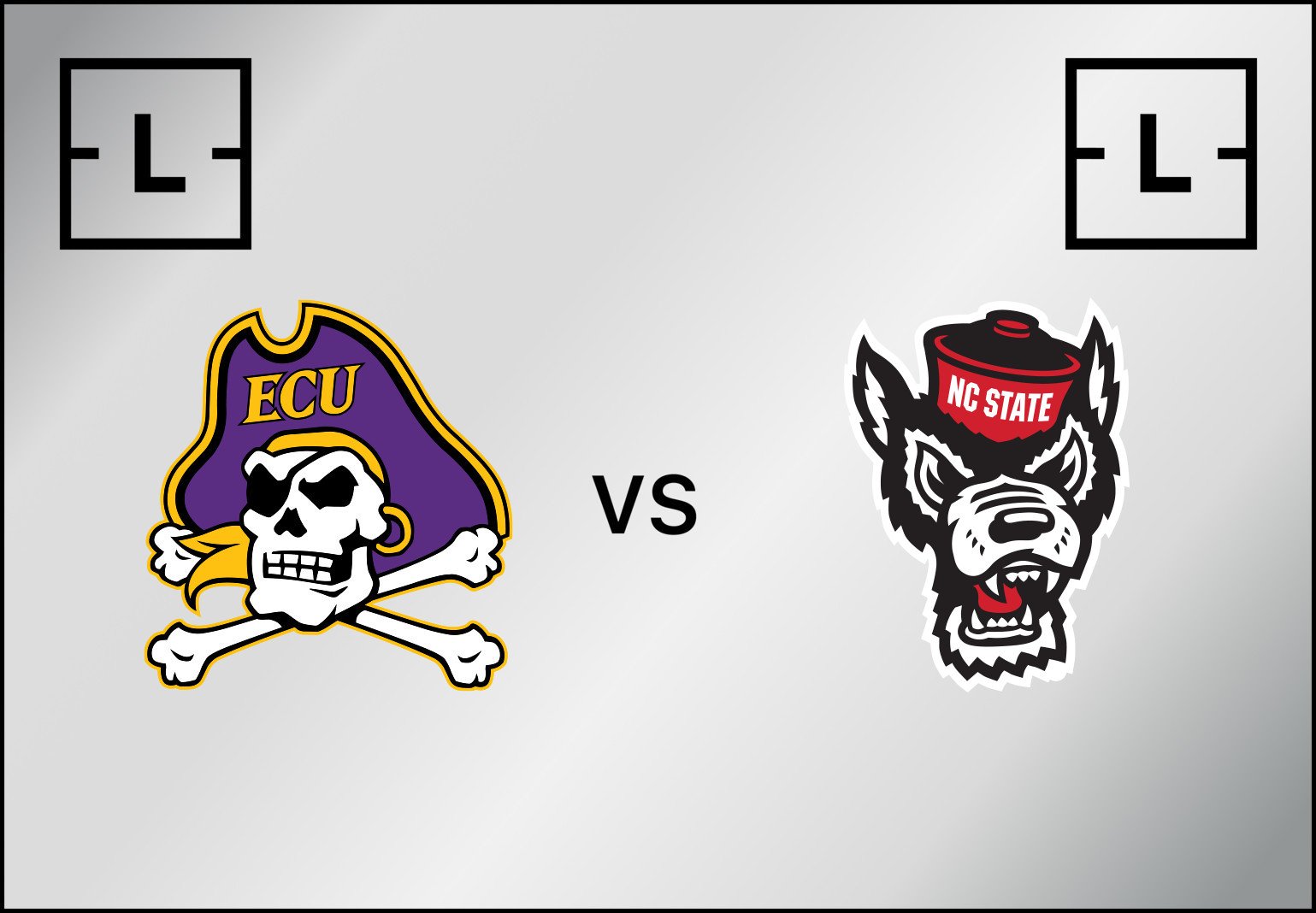








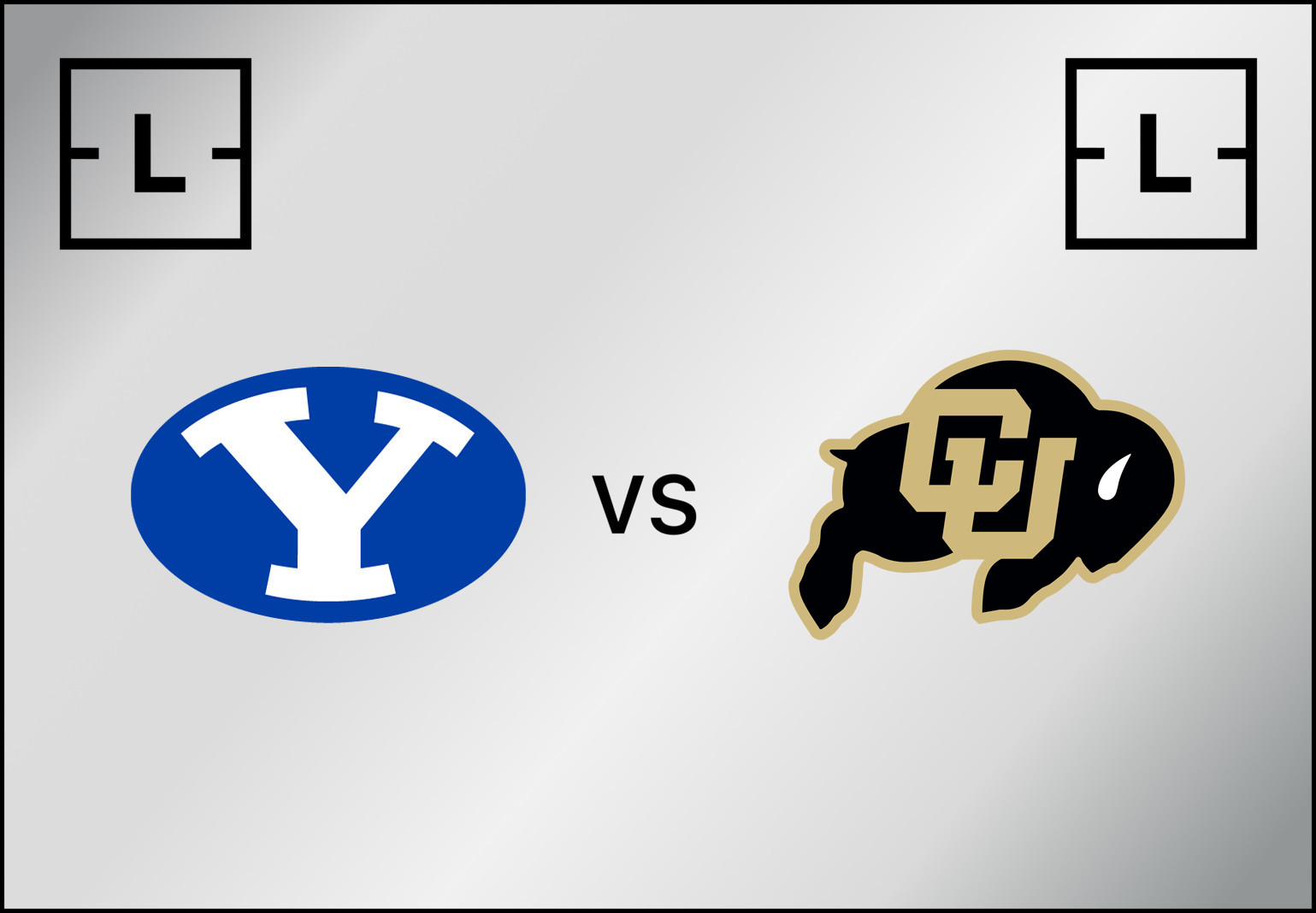




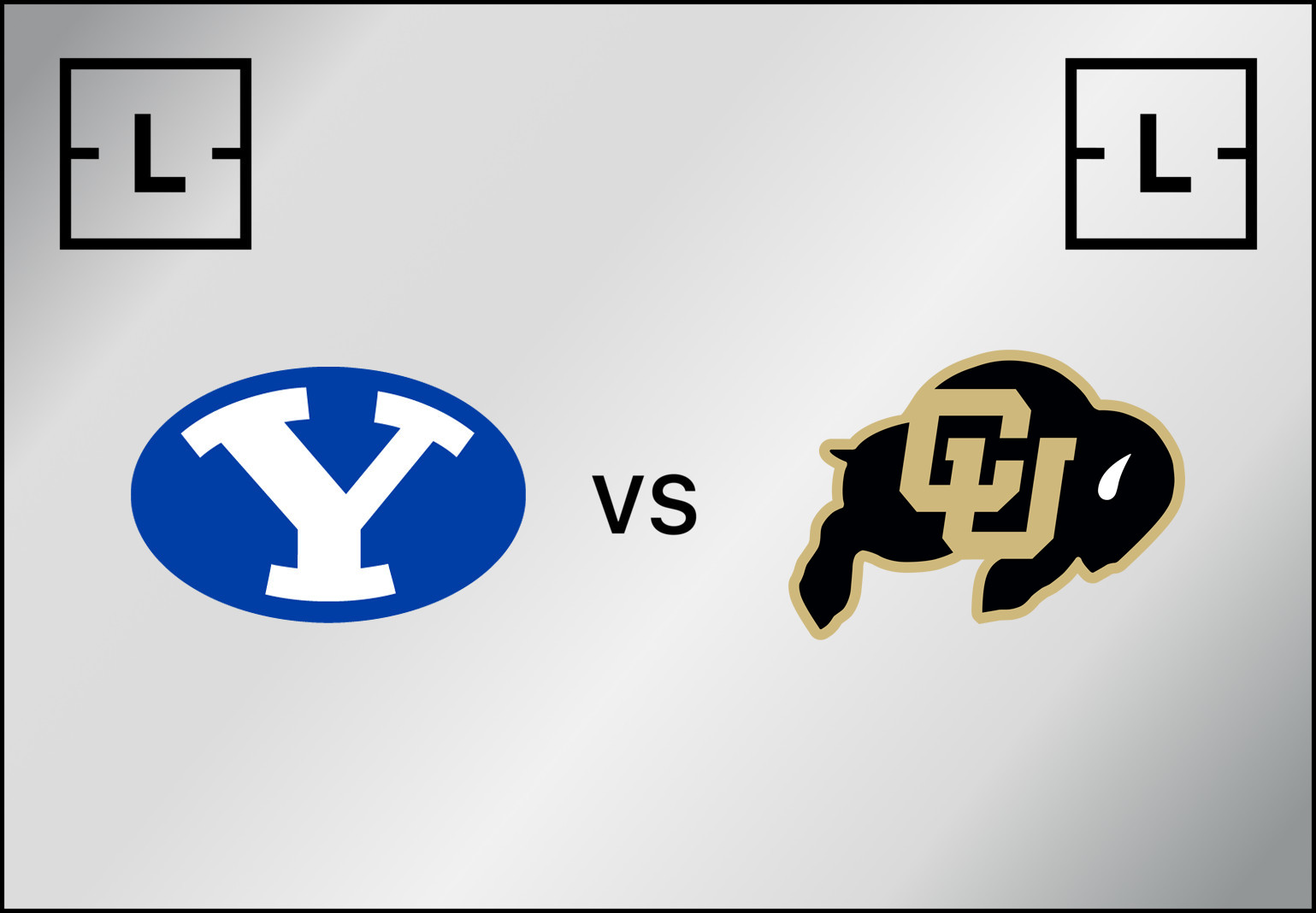



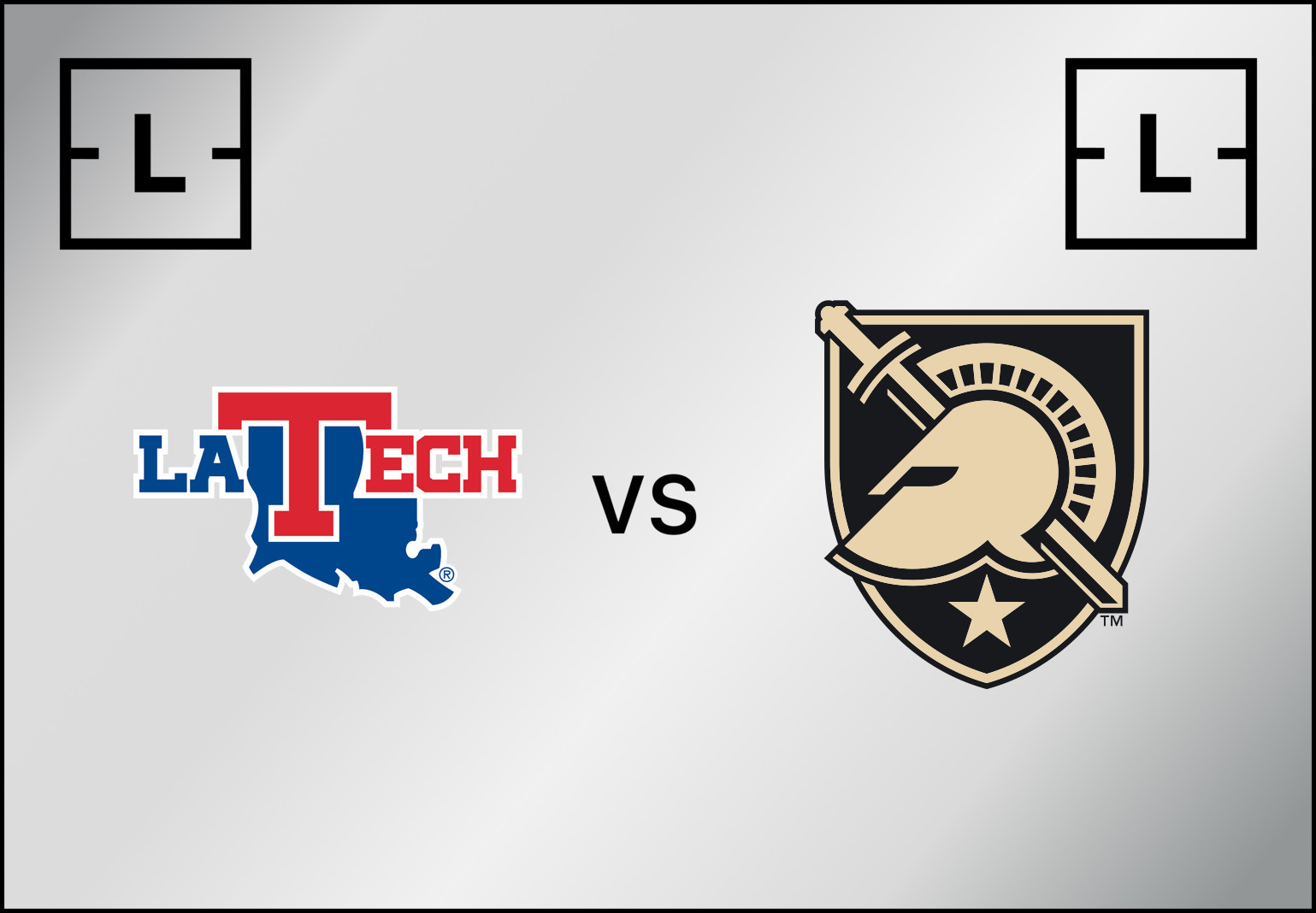




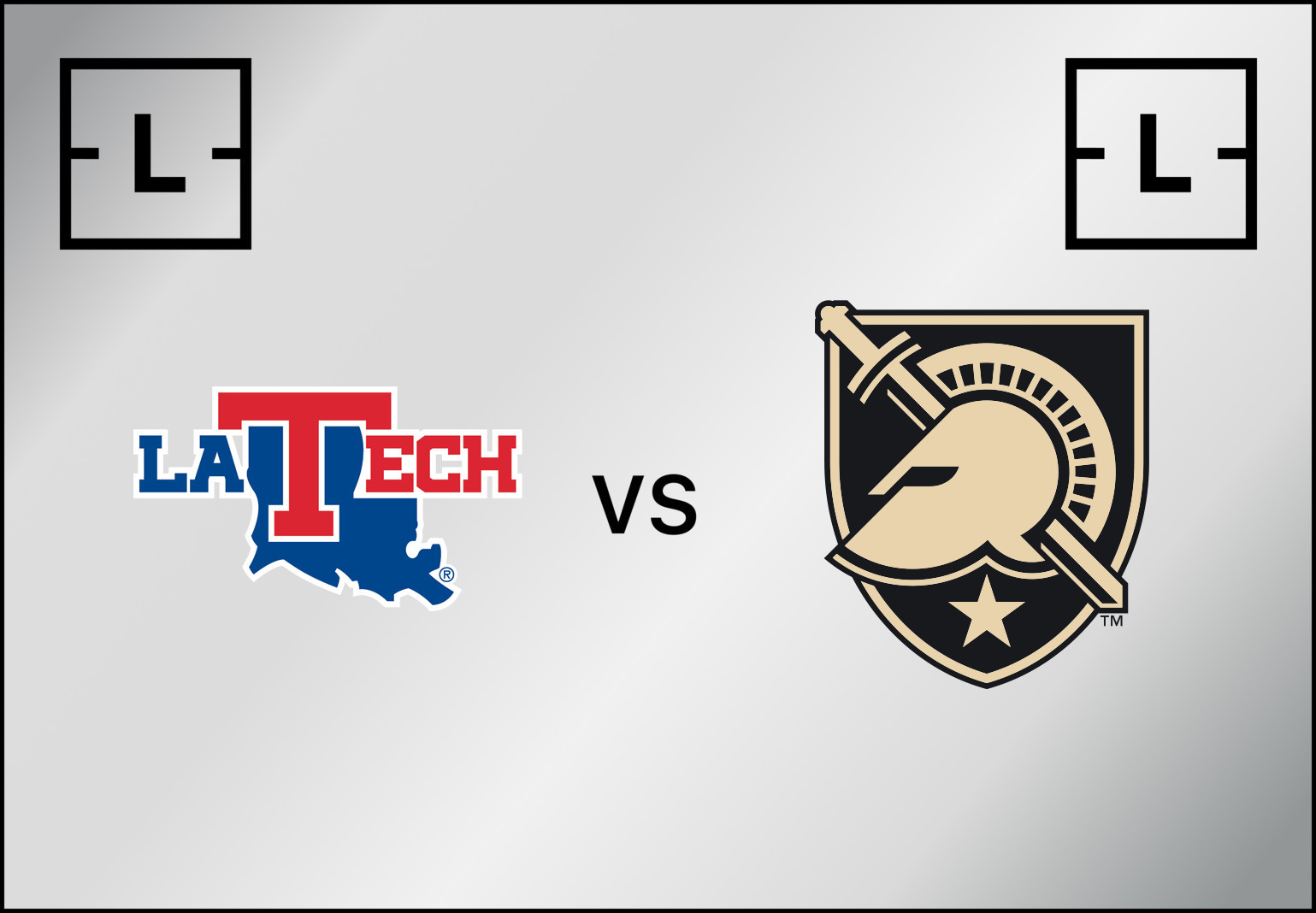























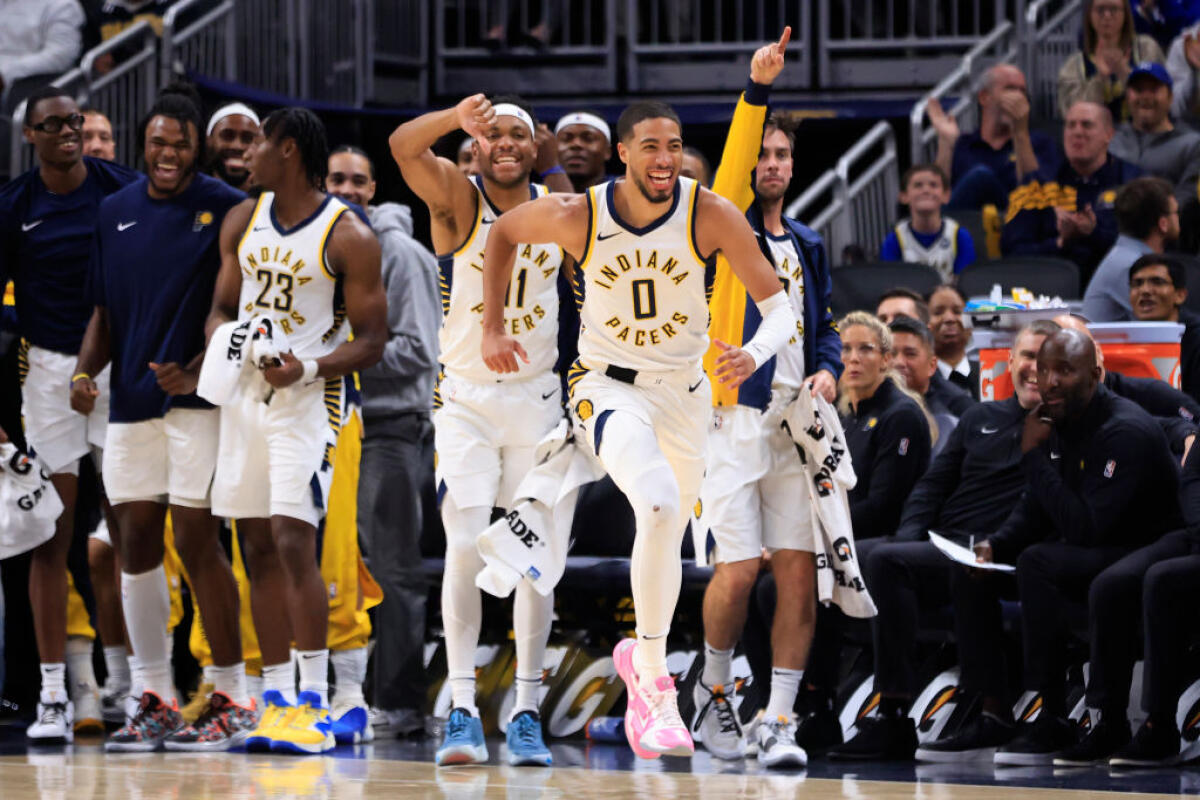

In 2020, due to the COVID-19 pandemic, the Belmont Stakes was run on June 20, the Kentucky Derby on Labor Day weekend and the Preakness Stakes on Oct. 3.
There has been plenty of discussion over the last several decades of changing the requirements of the Triple Crown such as spacing the races out on the calendar or shortening the distances. The subject surfaces each year, especially when there are long droughts between winners, yet the Triple Crown has endured the test of time and industry leaders have made no move to change something that is a time-honored tradition, captivates those outside the sport and remains one of the most respected series to win.
To demonstrate how challenging this series is to complete, Man o’ War, considered by many historians to be the greatest Thoroughbred racehorse all-time, never won the Triple Crown. His owner Samuel Riddle felt the Kentucky Derby was too early in a horse’s three-year-old season.
In response to the success of the Triple Crown, which no filly has ever won despite females winning legs of the series, what is known as the Triple Tiara was implemented. Despite industry leaders attempting to create a series with races on the same dates and at the same racetracks, such as the Kentucky Oaks, Black-Eyed Susan Stakes and the Acorn Stakes, the Triple Tiara was conducted at the New York Racing Association’s properties and remained entirely in the Empire State.
The races in the series were initially the one-mile Acorn Stakes at Belmont Park, the Mother Goose Stakes at 1-1/8 miles and the Coaching Club American Oaks, which was run at distances from 1-1/4 miles to 1-1/2 miles.
Only eight fillies won the Triple Tiara prior to changes being put in place. They were:
- Dark Mirage (1968)
- Shuvee (1969)
- Chris Evert (1974)
- Ruffian (1975)
- Davona Dale (1975)
- Mom’s Command (1985)
- Open Mind (1989)
- Sky Beauty (1993)
The New York Racing Association (NYRA) altered the format of the Triple Tiara in 2003. The Acorn was removed and the 1-1/4 mile Alabama Stakes was inserted and a $2 million bonus was offered to the winner of all three contests. The bonus was removed in 2005 and the series was changed to its original format in 2007.
In 2010 the NYRA again made changes to the Triple Tiara which remain today. The races in the series are now the Acorn Stakes, the Coaching Club American Oaks Stakes and the Alabama Stakes.
No filly has won the Triple Tiara since the format was restructured and while in the past was a vaunted accomplishment it has lost the luster it possessed in decades past.
The Triple Tiara, however, never had the prestige of the Triple Crown.
The Thoroughbred racing programs of other nations also have Triple Crowns for three-year-olds which follow the same premise of what is referred to as “classic races” at different distances and different facilities. For example, the Canadian Triple Crown consists of the Queen’s Plate run at Woodbine Racetrack, the Prince of Wales Stakes run at Fort Erie Racetrack and the Breeders’ Stakes run at Woodbine Racetrack.
In fact, the American Triple Crown was modeled after the English Triple Crown, which began in 1776 and includes the 2000 Guineas, the Epsom Derby and the St Leger Stakes.
Those three countries are far from the only nations to have Triple Crowns with different versions of a classic series all over the world where horse racing is conducted.
TRIPLE CROWN RACES 2023
In the Triple Crown races of 2023, no horse would have the opportunity to win the Crown, yet history was made.
Mage and his jockey Javier Castellano took advantage of morning-line favorite Forte on the morning of the race to win the Kentucky Derby by a length at odds of 15-1. Mage was unraced as a freshman and only started three times before winning the Kentucky. In two of those starts, he had been defeated by Forte, the defending two-year-old champion, in the Fountain of Youth Stakes and Florida Derby at Gulfstream Park.
Mage became only the third horse to win the Kentucky Derby without starting as a two-year-old, joining Triple Crown winner Justify (2018) and Apollo (1882). He also became only the fourth horse to win the Kentucky Derby with three starts as a three-year-old which was also accomplished by Regret (1913), Big Brown (2008) and Justify (2018).
Mage was denied his bid for Triple Crown glory when he came home third behind National Treasure, who was not in the Kentucky Derby field, and Blazing Sevens in the Preakness Stakes at Pimlico Racecourse. National Treasure actually was the 5-2 favorite and provided Hall of Fame jockey John Velazquez with his first Preakness Stakes triumph. The victory gave Hall of Fame trainer Bob Baffert his record eighth Preakness Stakes win.
National Treasure went on to the Belmont Stakes while Mage’s connections opted not to enter. After being withheld from the Preakness Stakes, after being placed on the veterinarian’s list, Forte was installed as the 5-2 top choice in the Belmont Stakes. The colt, however, could not catch eventual winner Arcangelo and was second by 1-1/2 lengths. His barn mate, Tapit Trice, was a nose back in third.
This particular Belmont Stakes made history as Jena Antonucci became the first female trainer to win this race or any American classic contest. It was the 50th anniversary of Triple Crown winner Secretariat’s 31-length tour-de-force in the Belmont Stakes to collect his crown. Famed announcer Tom Durkin even came out of retirement to call the race.
KENTUCKY DERBY
Known as the “Run for the Roses” and the “The Most Exciting Two Minutes in Sports” the Kentucky Derby was the brainchild of Meriweather Lewis Clark Jr., the grandson of William Clark, one of the leaders of the famed Lewis and Clark Expedition. The race is one of the most coveted in the world to win and is the oldest continuously run sporting event in the U.S.
Clark had traveled abroad extensively and witnessed the Epsom Derby in 1872 and the concept for the Kentucky Derby was born. Clark gathered investors, formed the Louisville Jockey Club and commenced construction on property inherited from his family in Louisville, Ky.
The facility opened its doors on May 17, 1875 with the first Kentucky Derby in front of 10,000 fans by Aristides over 14 rivals at 1-1/2 miles. The current distance of 1-1/4 miles was implemented in 1896.
Clark envisioned the Kentucky Derby and Churchill Downs to be a gathering place for the city’s and country’s elite to conduct parties while wearing all the latest fashions. His dream remains a reality today as the Kentucky Derby is known for all the above in addition to its Thoroughbreds.
The Kentucky Derby is the first leg of the Triple Crown and is the most watched and attended race in the U.S. All colts carry 126 pounds with fillies toting 121, but it was not always that way. Despite the special place it has procured in horse racing and American history, the Kentucky Derby evolved as the preeminent race for three-year-olds over the course of several decades.
It did not begin to blossom until 1902 when “Colonel” Matt Winn took over the property with a new ownership group. Winn was known to be a master promoter and the establishment of the Kentucky Derby as an iconic classic is due to his efforts.
Traditionally the Kentucky Derby field is the largest of any Thoroughbred race in the U.S. and most certainly of the Triple Crown races as it is the first leg of the crown. It was limited to 20 horses in 1975 and nearly always has a full field.
Only three fillies have captured the Run for the Roses: Regret (1913), Genuine Risk (1980) and Winning Colors (1988) and it remains rare for trainers to place fillies in the race rather in the Kentucky Derby’s companion race, the Kentucky Oaks.
Like the other two events in the Triple Crown series, the Kentucky Derby holds its own cache and maybe a bit more importance in peoples’ eyes as the first jewel in the Triple Crown. Last year’s edition was worth $3 million and the Kentucky Derby Trophy is hoisted during the winner’s circle celebration. However, a replica is provided to the connections on the evening the Grade II Stephen Foster Stakes is contested.
PREAKNESS STAKES
The inaugural edition of the Preakness Stakes was held 1873 at Pimlico Racecourse in Baltimore, Md over 1-1/2 miles. Governor Oden Bowie named the race in honor of Preakness, the first horse to win Pimlico Racecourse’s Dinner Party Stakes.
In an interesting aside, after Preakness captured the Dinner Party Stakes, his jockey, Billy Hayward, tossed a bag of gold coins at a wire trailing from the judges’ stand. Supposedly, this activity was the catalyst for introducing a finish wire in horse racing.
Survivor was the first Preakness winner and defeated six rivals by 10 lengths. Until fan favorite Smarty Jones captured the 2004 edition of the Preakness Stakes by 11-1/2 lengths, it was the largest margin of victory.
Morris Park Racecourse in New York City held the 1890 Preakness Stakes and older horses could enter with handicap conditions. The Preakness was not held from 1891 to 1891 and was resumed in 1984 at Gravesend Racetrack in New York City until 1908. It returned in 1909 to Pimlico.
Unlike the Kentucky Derby, the Preakness Stakes has been held under handicap conditions where more talented horses carry more weight than those who were considered of lesser quality on seven occasions. It was then called the Preakness Handicap.
Like the Kentucky Derby, the Preakness Stakes is known for its traditions. One of which is the weathervane on top of the cupola of the Old Clubhouse being painted with the colors of the winning jockey’s silks immediately after the results are final. This commenced in 1909 and after the original building was decimated by fire, a new version representing it was constructed in the Pimlico infield.
The winning connections are awarded a replica of the Woodlawn Vase which has one of the most intriguing histories in the world. The original vase was constructed by Tiffany and Company in 1860 and was first presented in Louisville, Ky in 1861. It was named after a now defunct racecourse in the city and became the official trophy for the Preakness Stakes winner in 1917.
The original trophy is now housed by the Baltimore Museum of Art and is valued at more than $4 million. It is escorted to Pimlico every year for the Preakness Stakes by the Maryland Army National Guard and Air National Guard Airman.
Only six fillies have won the Preakness Stakes:
- Swiss Skydiver
- Rachel Alexandra
- Nellie Morse
- Rhine Maiden
- Whimsical
- Flocarline
The Preakness Stakes is the second largest attended horse racing event in the U.S. after only the Kentucky Derby and generates an incredible amount of excitement for the Belmont Stakes should the Kentucky Derby winner capture the race in a march to the Triple Crown. The 2023 Preakness Stakes had a purse of $1.5 million.
BELMONT STAKES
Often referred to as the “Test of a Champion” the Belmont Stakes is the longest and oldest of the three Triple Crown races. It is held at 1-1/2 miles at Belmont Park in Elmont, New York and has the same weight conditions as the other two jewels in the Triple Crown.
The Belmont Stakes, however, has not always been held at Belmont Park. In fact, it was first conducted at Jerome Park Racetrack in the Bronx, New York City in 1867 and was named after August Belmont Sr. who financed the construction of the track.
In 1890 the Belmont Stakes was transferred to Morris Park Racetrack until 1905 when Belmont Park opened its doors to the public.
Like the Kentucky Derby and Preakness Stakes, the Belmont Stakes victor’s connections are awarded a specific trophy, the August Belmont Jr. Trophy. It was first presented in 1896 and became the official trophy for the Belmont Stakes in 1926 after being donated by the Belmont family for that purpose. The connections are allowed to keep the original trophy for a year before it is replaced with a replica.
Like the Kentucky Derby only three fillies have won the Belmont Stakes:
- Ruthless (1867)
- Tanya (1905)
- Rags to Riches (2007)
Nest finished second in the 2022 Belmont Stakes and was the sport’s champion three-year-old filly.
To demonstrate how difficult it is for a horse to complete the sweep of the Triple Crown 23 horses have missed the opportunity to forever be etched in the history books by not winning the Belmont Stakes. Eight horses finished second, five horses finished third and four were fourth.
Three winners of the Kentucky Derby and Preakness Stakes did not enter the Belmont Stakes with I’ll Have Another being the last in 2012 after he was scratched the previous day due to injury.
While the Kentucky Derby and Preakness Stakes have long established traditions, the Belmont Stakes has been changed on many occasions such as the singing of “New York, New York” and the official drink of the event.
Also, the race has not been continuously at Belmont Park. It was also held at Aqueduct Racetrack from 1963 to 1967 while the track was under construction. The 2024 Belmont Stakes will follow that lead as it will be held at Saratoga Race Course in Saratoga Springs, Ny while the track is being renovated.
The 2023 Belmont Stakes offered a purse of $1.5 million and while it usually does not attract as large of an ontrack audience as the Kentucky Derby or Preakness Stakes, it does normally host some of the largest crowds in American Thoroughbred Racing.
LATEST TRIPLE CROWN WINNER
Justify is the most recent Triple Crown winner with his victory in the 2018 Kentucky Derby, Preakness Stakes and Belmont Stakes. The strapping chestnut son of Scat Daddy and Stage Magic was bred by John Gunther and owned by Winstar Farm, China Horse Club, Head Of Plains Partners, Starlight Racing and Carcone Racing Stable. He was conditioned by trainer Bob Baffert, who joined James E. “Sunny” Fitzsimmons as the only two trainers to win two Triple Crowns. Fitzsimmons won his crowns with the father/son duo Gallant Fox (1930) and Omaha (1935). Baffter won the Triple Crown in 2015 with American Pharoah.
Although Justify did not compete as a two-year-old, he immediately attracted attention when he had an eye-catching debut at Santa Anita Park in Arcadia, Ca., in February 2018. His second appearance was also impressive and he set the horse racing abuzz with a third triumph in the Grade I Santa Anita Derby. That victory qualified him for a trip to Churchill Downs to begin his quest for the Triple Crown.
Justify won the Kentucky Derby on a sloppy track by 2-1/2 lengths over Good Magic. He traveled to Pimlico Race Course. Preakness Day was marred by a torrential downpour but Justify managed to hold off Bravazo by a half-length.
The colt arrived in New York City for the Belmont Stakes with a perfect five-for-five record in his career. After winning that race by 1-3/4 lengths over Gronkowski, he became the 13th Triple Crown winner and the only Triple Crown winner since Seattle Slew (1977) to accomplish the feat undefeated.
On July 25, 2018, Justify was retired due to filling in his left hind ankle. He is the only Triple Crown winner to retire undefeated.
He was named Horse of the Year and champion three-year-old male.
Justify has become a successful sire at Ashford Stud, the U.S. division of internationally based Coolmore Stud.
HOW MANY HORSES HAVE WON THE TRIPLE CROWN?
Only 13 horses have won the Triple Crown:
- Sir Barton (1919)
- Gallant Fox (1930)
- Omaha (1935)
- War Admiral (1937)
- Whirlaway (1941)
- Count Fleet (1943)
- Assault (1946)
- Citation (1948)
- Secretariat (1973)
- Seattle Slew (1977)
- Affirmed (1978)
- American Pharoah (2015)
- Justify (2018)
Secretariat still holds the stakes records for the Kentucky Derby (1:59.4), the Preakness Stakes (1:53) and the Belmont Stakes (2:24). His time in the Belmont Stakes is also a world record that remains in place today. 1989 Belmont Stakes winner Easy Goer has the second fastest time of 2:26.
WHO WON THE FIRST TRIPLE CROWN?
Sir Barton was the first horse to win the Triple Crown despite the series not being established at the time. Known for having a bit of a temper, Sir Barton won the Kentucky Derby in the first start of his three-year-old season as maiden, meaning he had yet to win a race. He won the Belmont Stakes in stakes record time. What was remarkable about the feat was he captured all three races in only 32 days. He was recognized as the first Triple Crown winner in 1950 when associations within the sport officially proclaimed the series as the Triple Crown.
Until recently, Sir Barton did not receive much credit for his accomplishments, especially after losing a 1920 match race to Man o’ War. The horse, however, always had trouble with his feet which at times impeded his career.
Sir Barton succumbed to colic in 1937 after being virtually forgotten after a lackluster career at stud. He entered the Hall of Fame in 1957.
WHO WAS THE FIRST JOCKEY TO WIN THE TRIPLE CROWN?
Throughout the history of the Triple Crown only 12 jockeys have won the series, with Eddie Arcaro, aboard Whirlaway (1941) and Citation (1948) being the only one to win two Triple Crowns.
The Hall of Famer, however, was not the first jockey to win the Triple Crown. That distinction belongs to fellow Hall of Famer Johnny Loftus. Loftus was also the jockey that rode Man o’ War to his only career loss in the Sanford Memorial Stakes at Saratoga Race Course.
Loftus retired after the 1919 season to become a trainer. He was inducted into the Hall of Fame in 1959 and died in 1976.
Our editorial content strives to be highly informative and educational to our audience, especially for visitors who are new or relatively new to analyzing and predicting sporting event results. All of our content is created by informed writers with backgrounds in their subject area and reviewed for omissions or mistakes.
Our editorial team is run by individuals with many years of experience in digital publishing, editorial, and content production. Our editorial content is always marked clearly in any instances where it may be sponsored by a third party, though it is still reviewed by our staff to ensure it remains consistent with our company mission.
- Popular
- Latest

